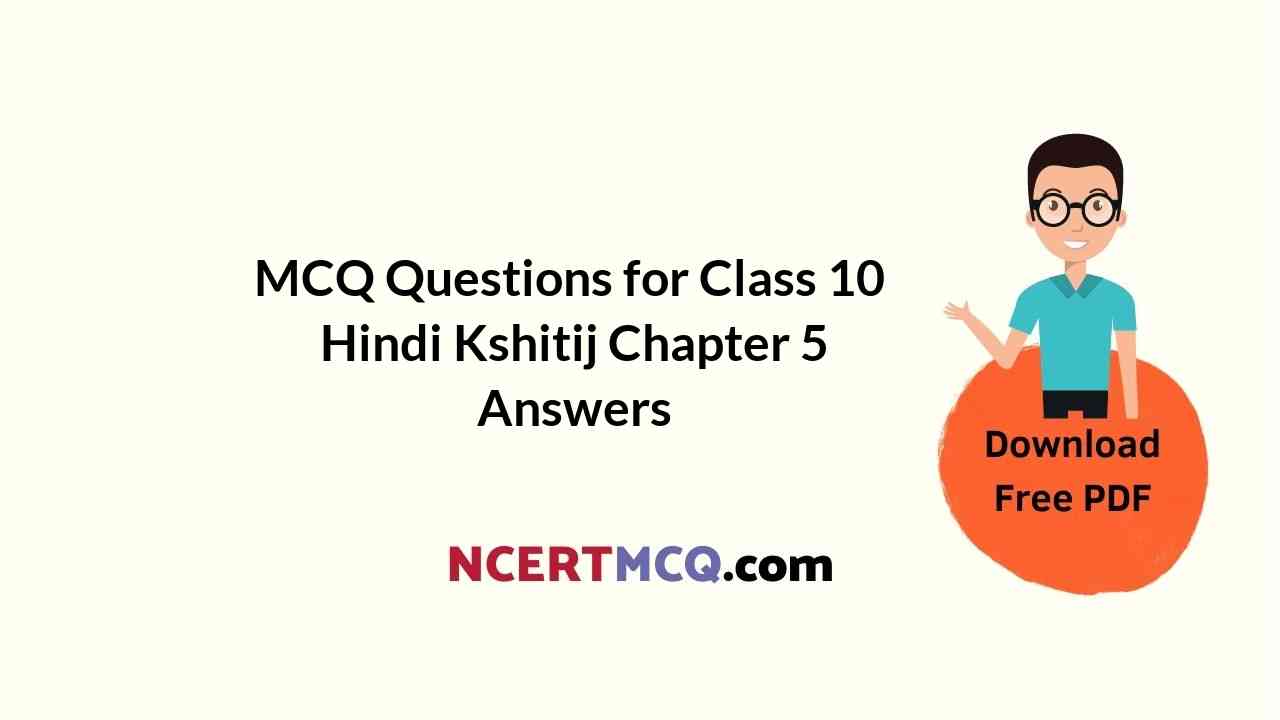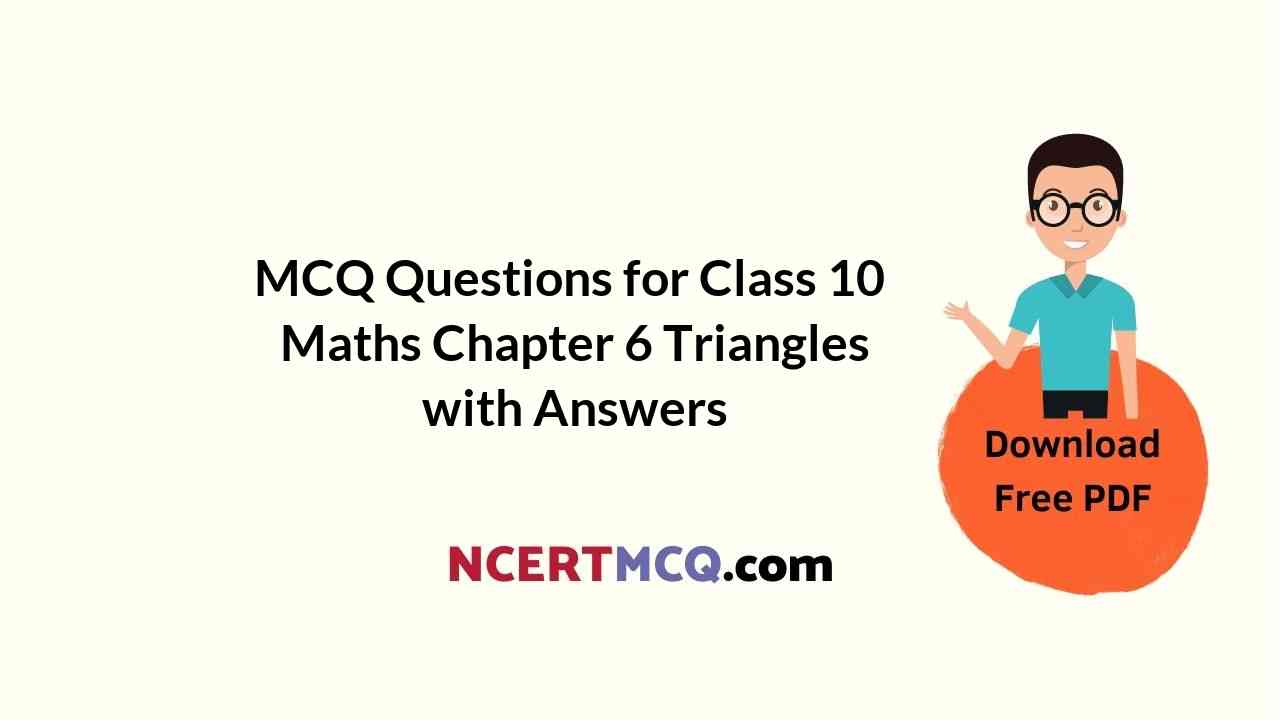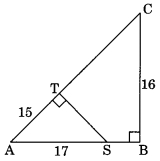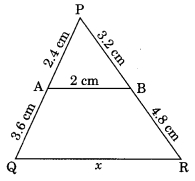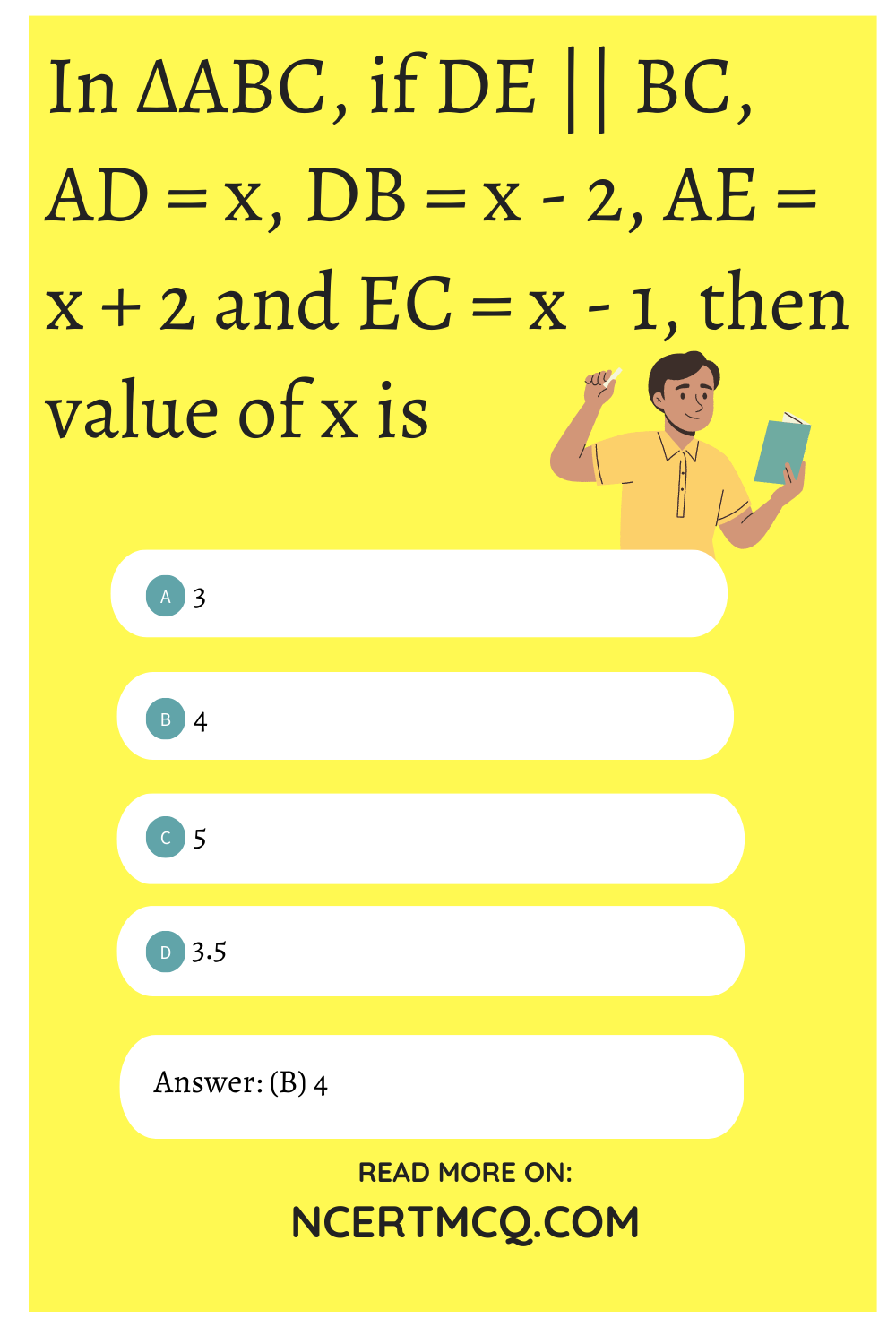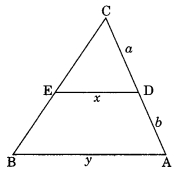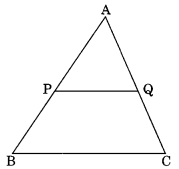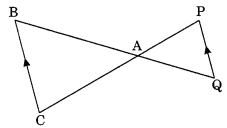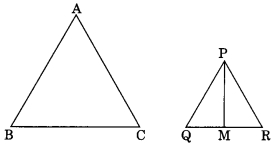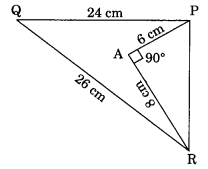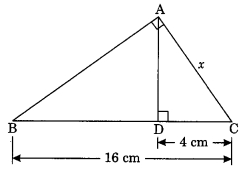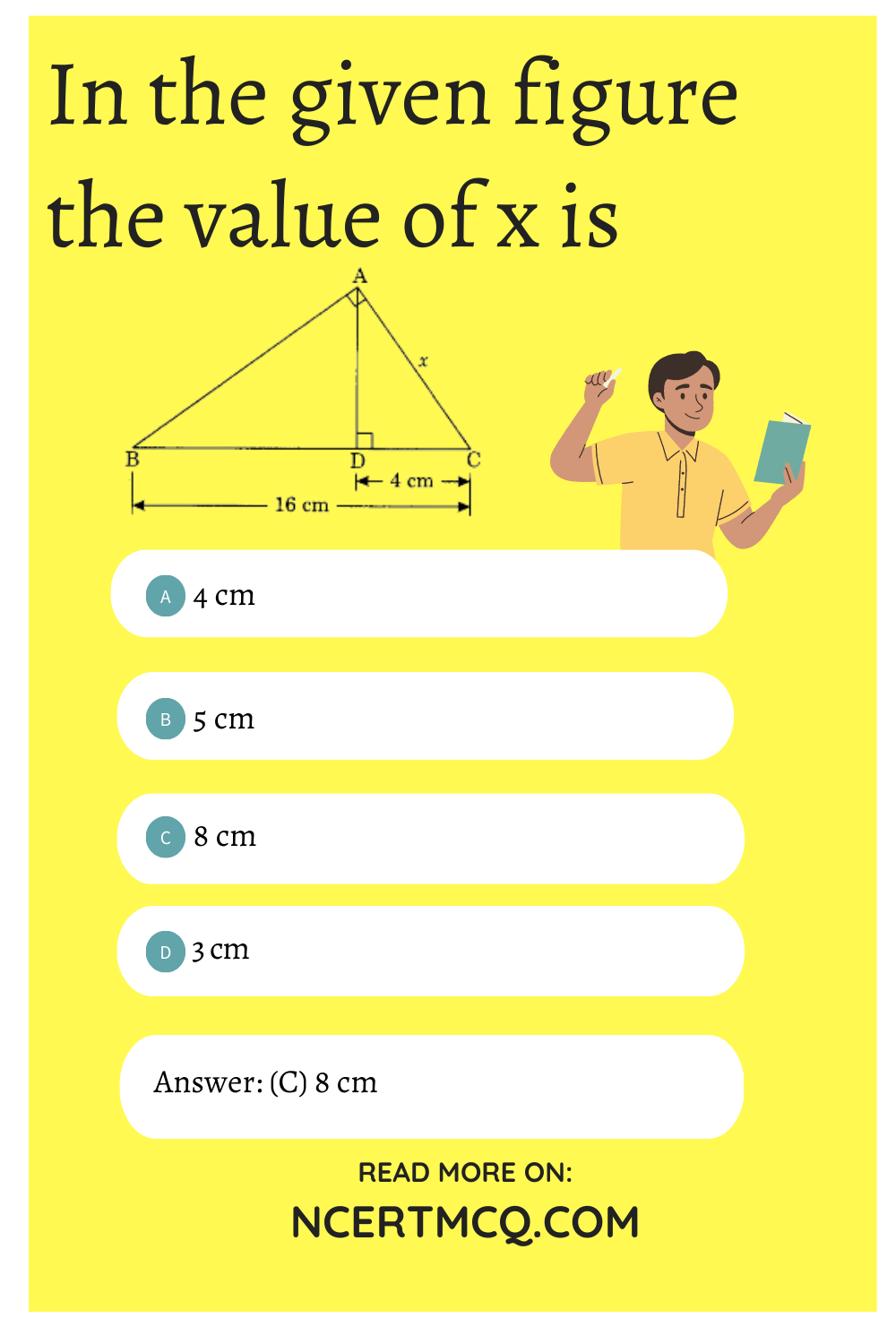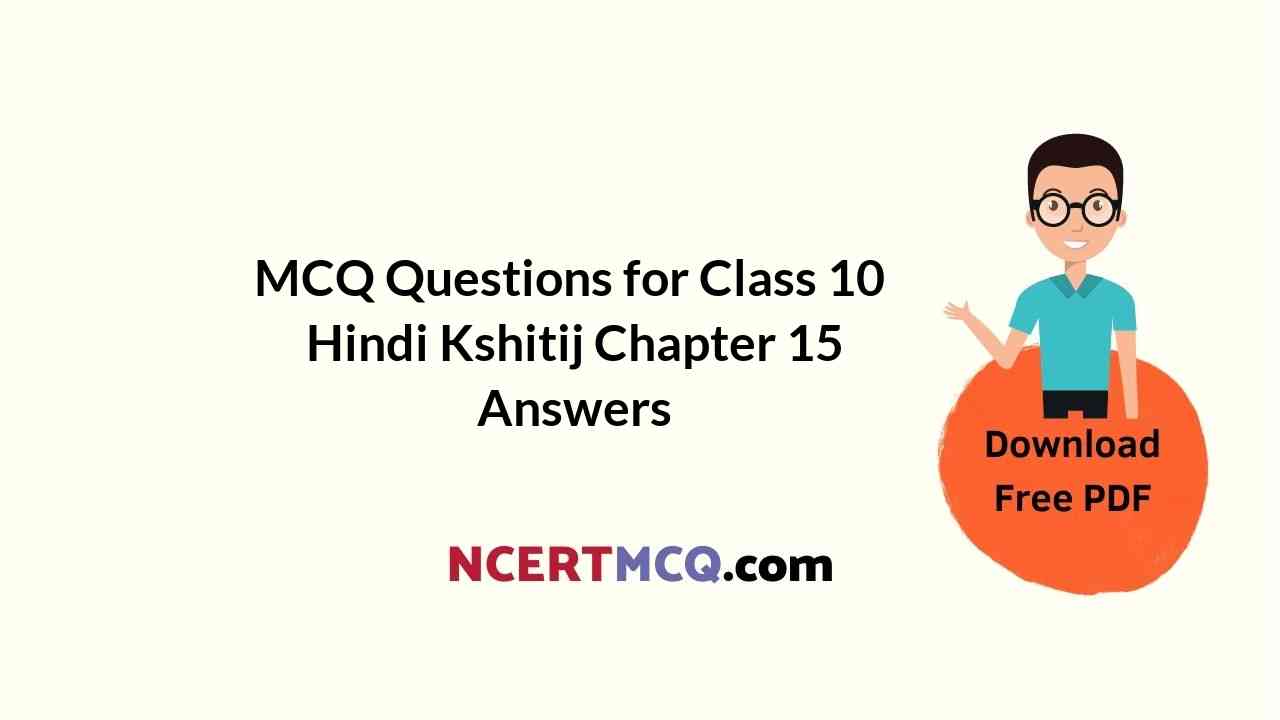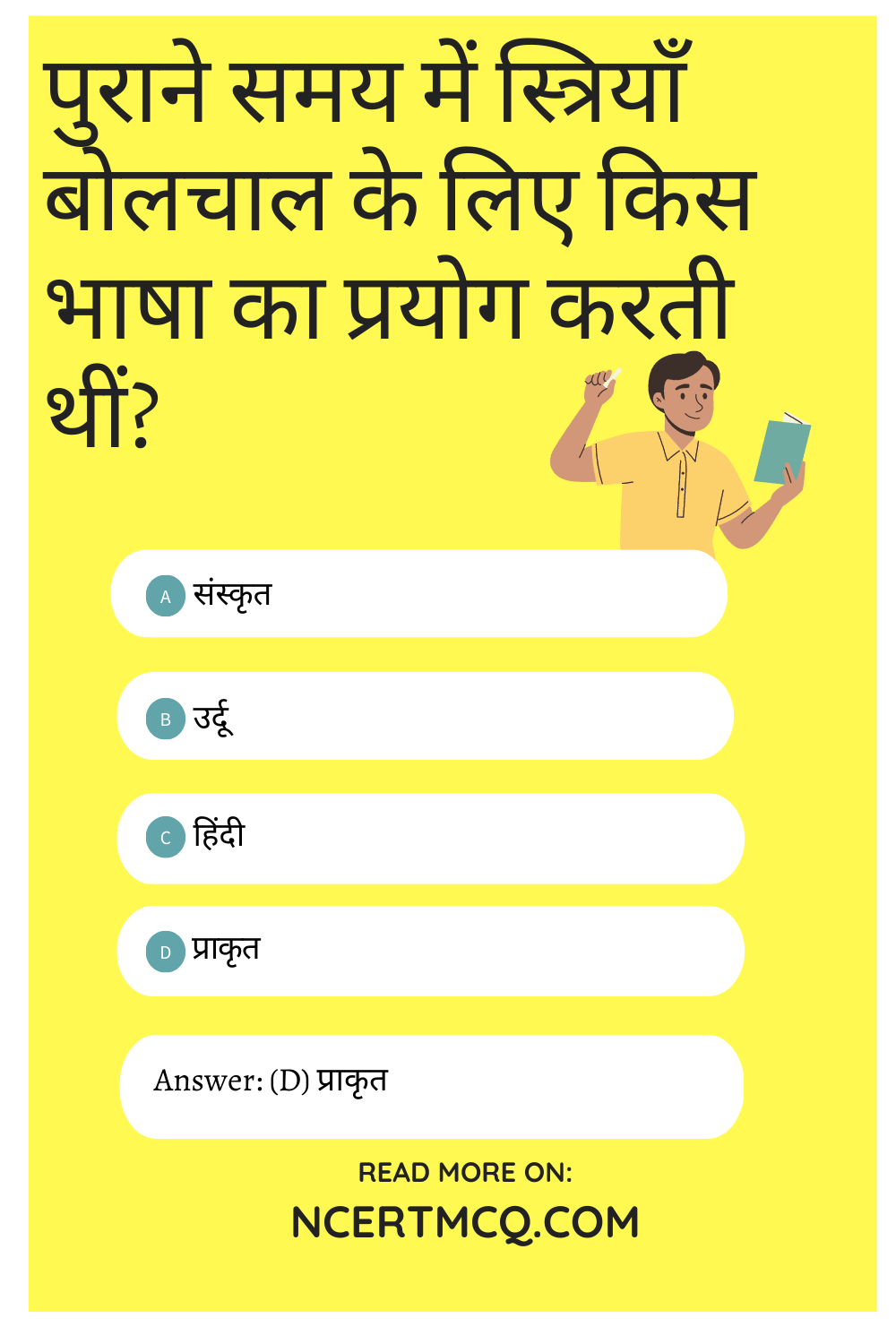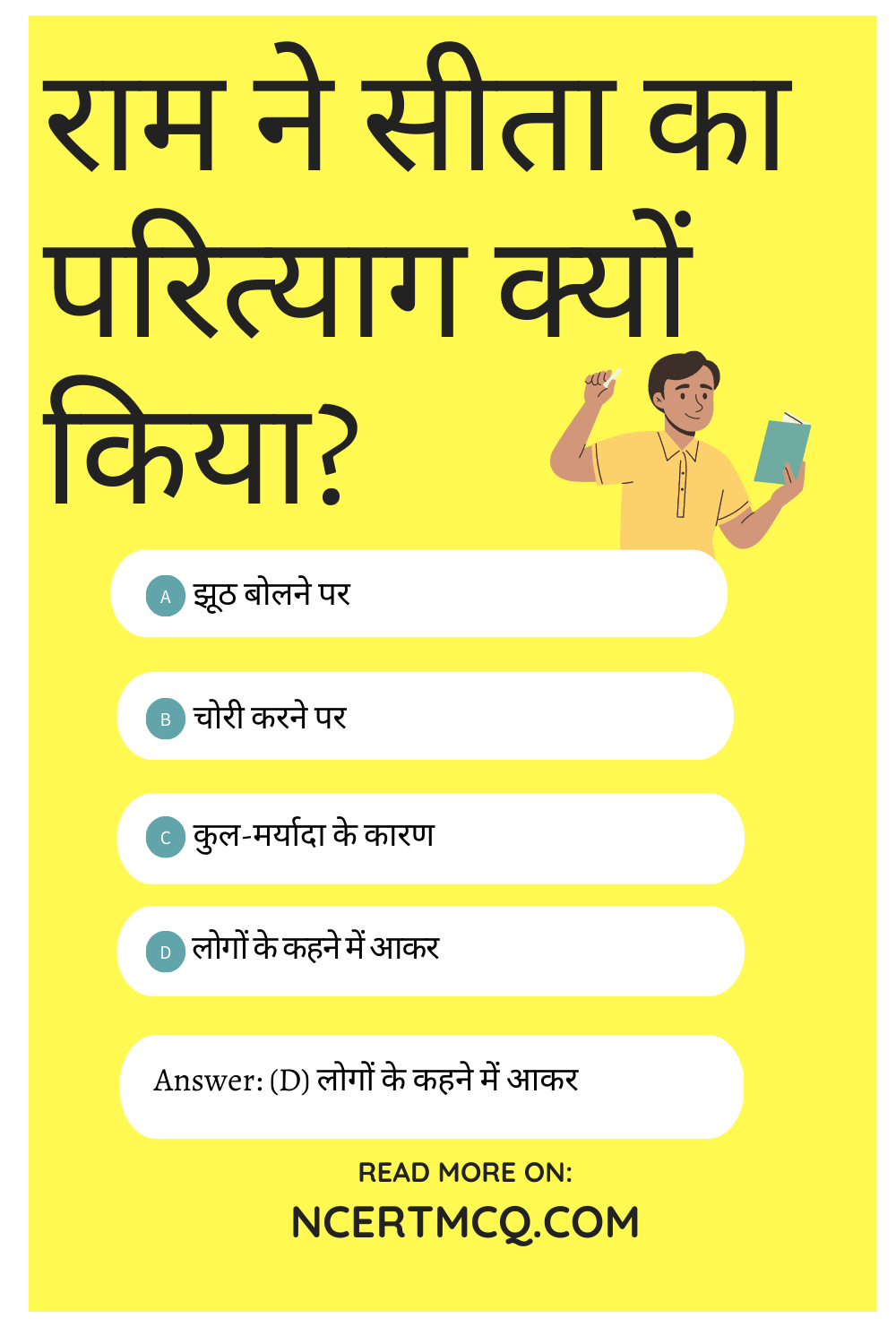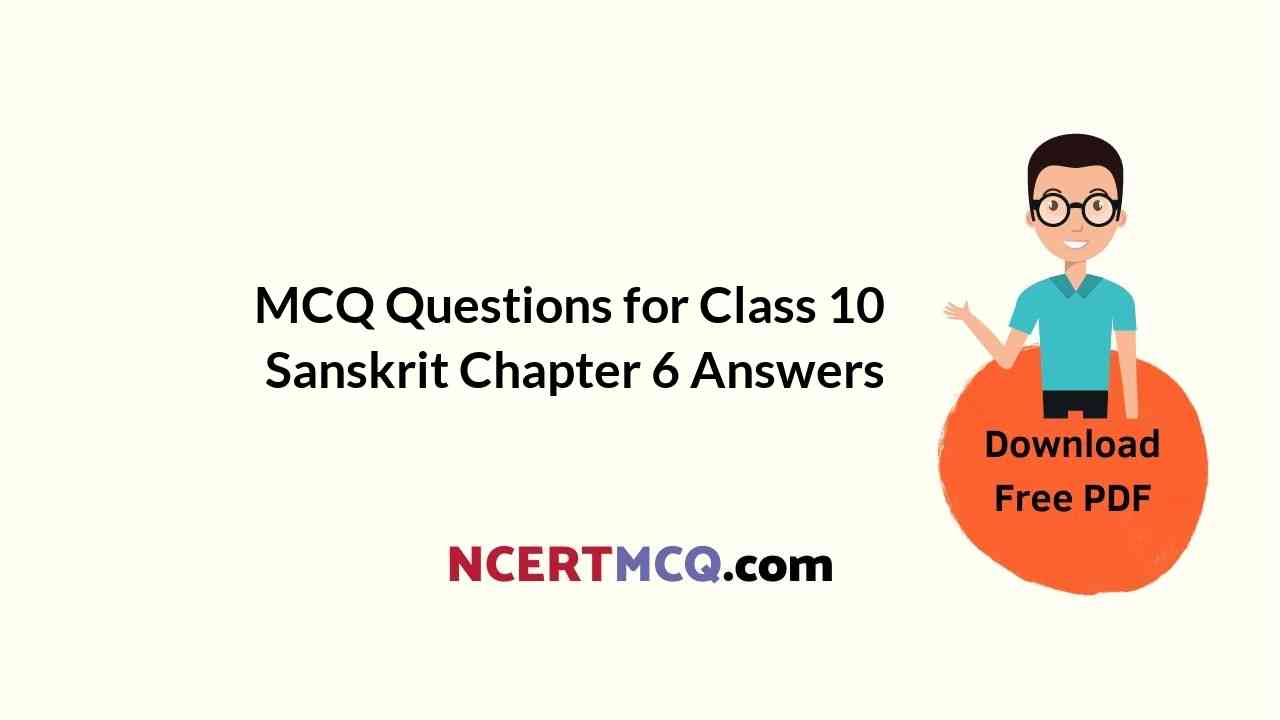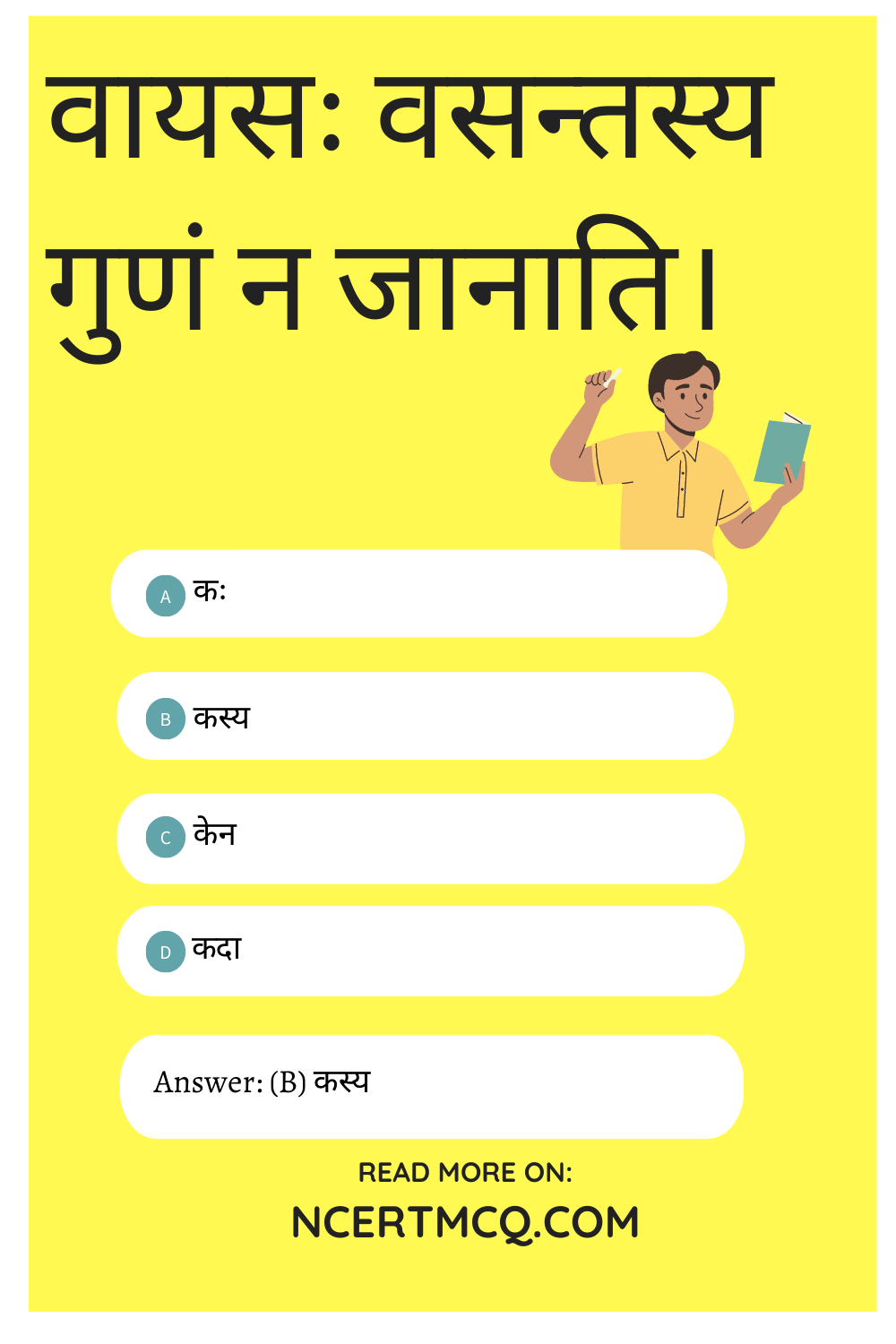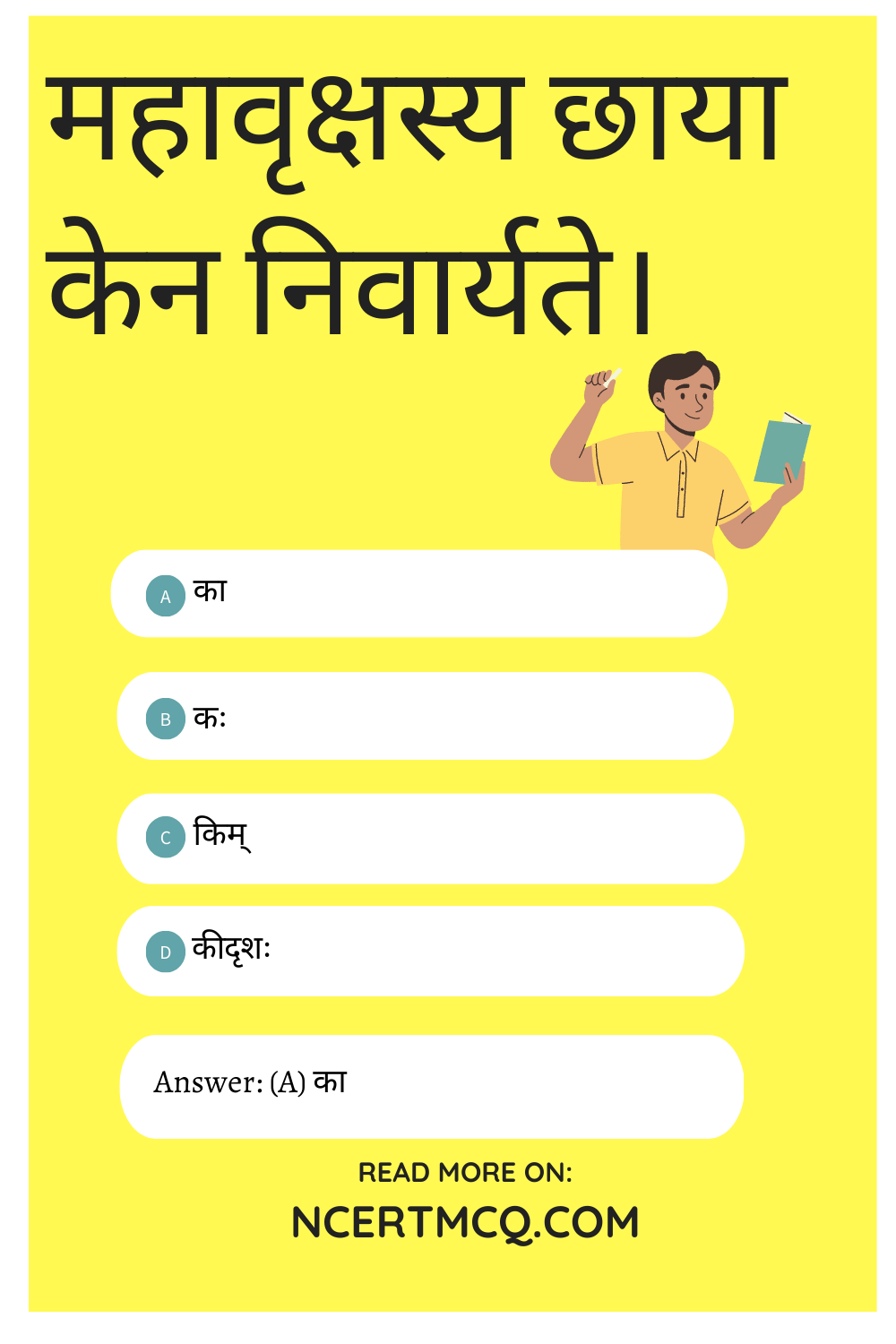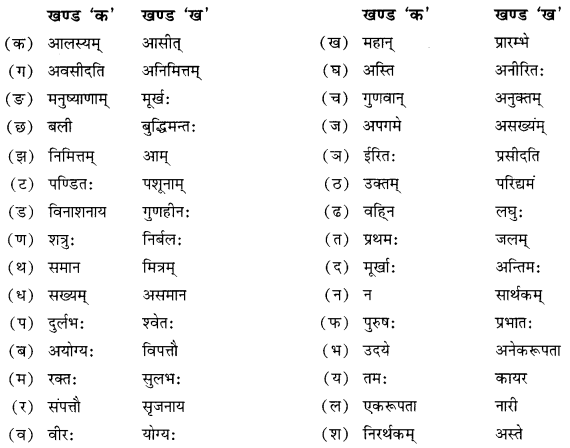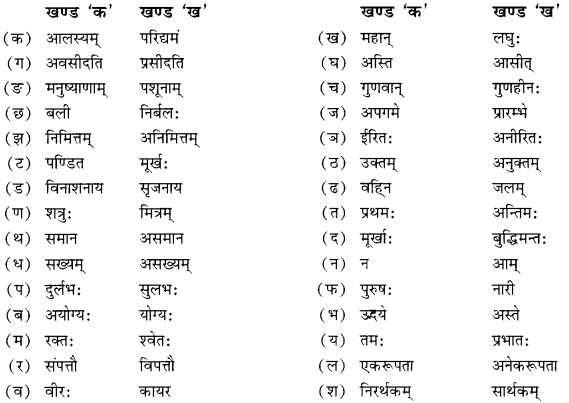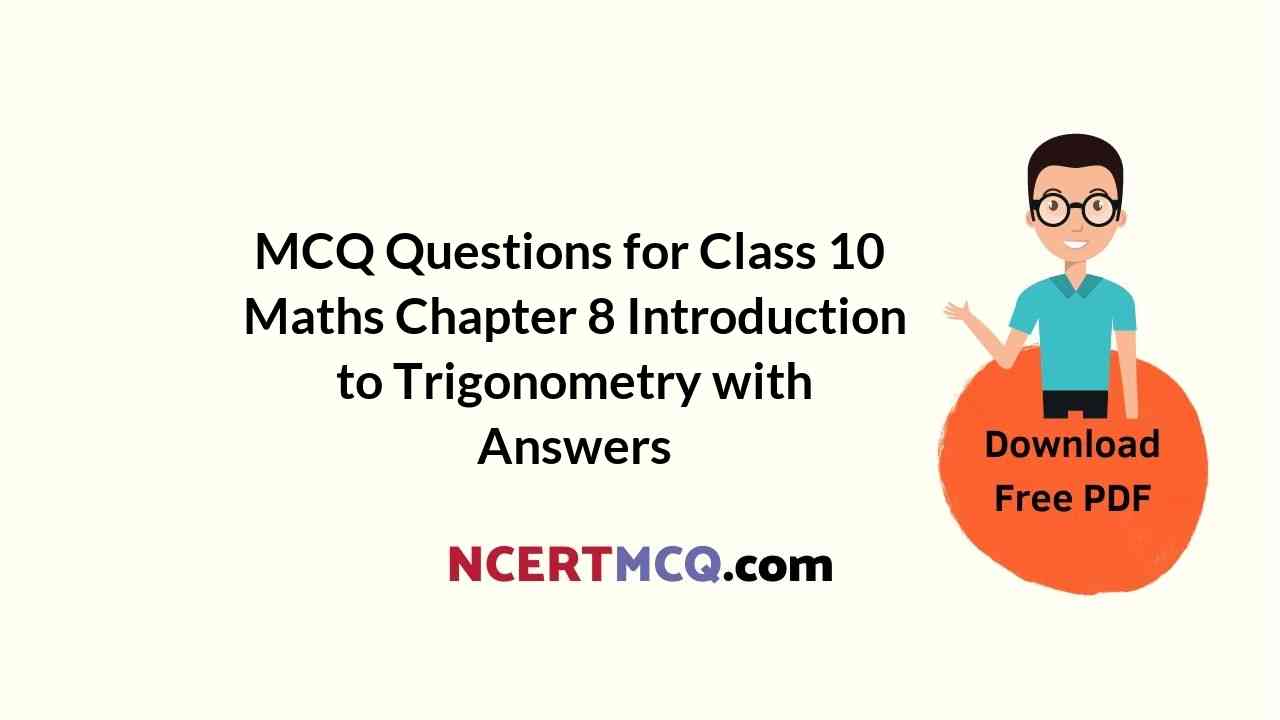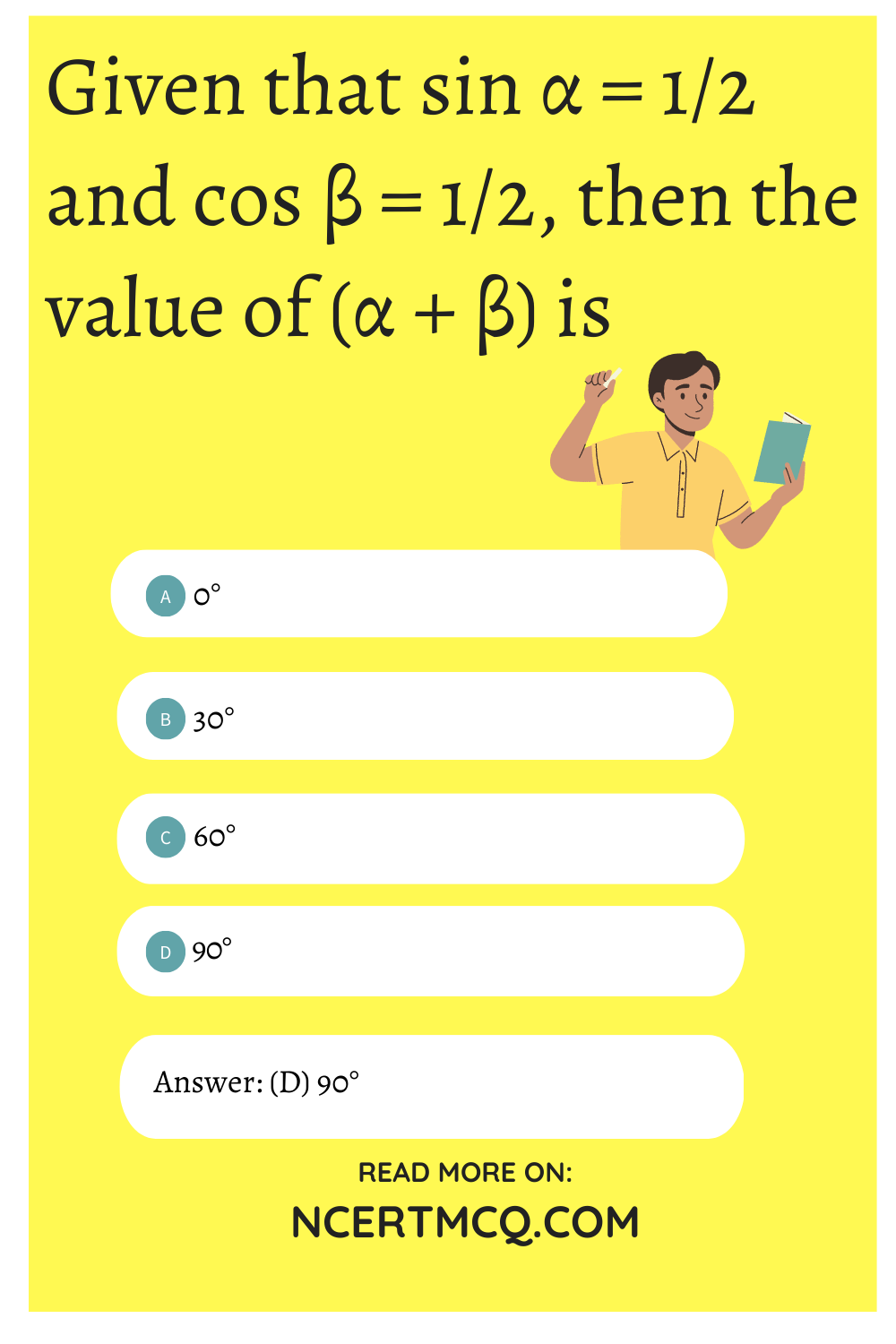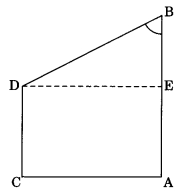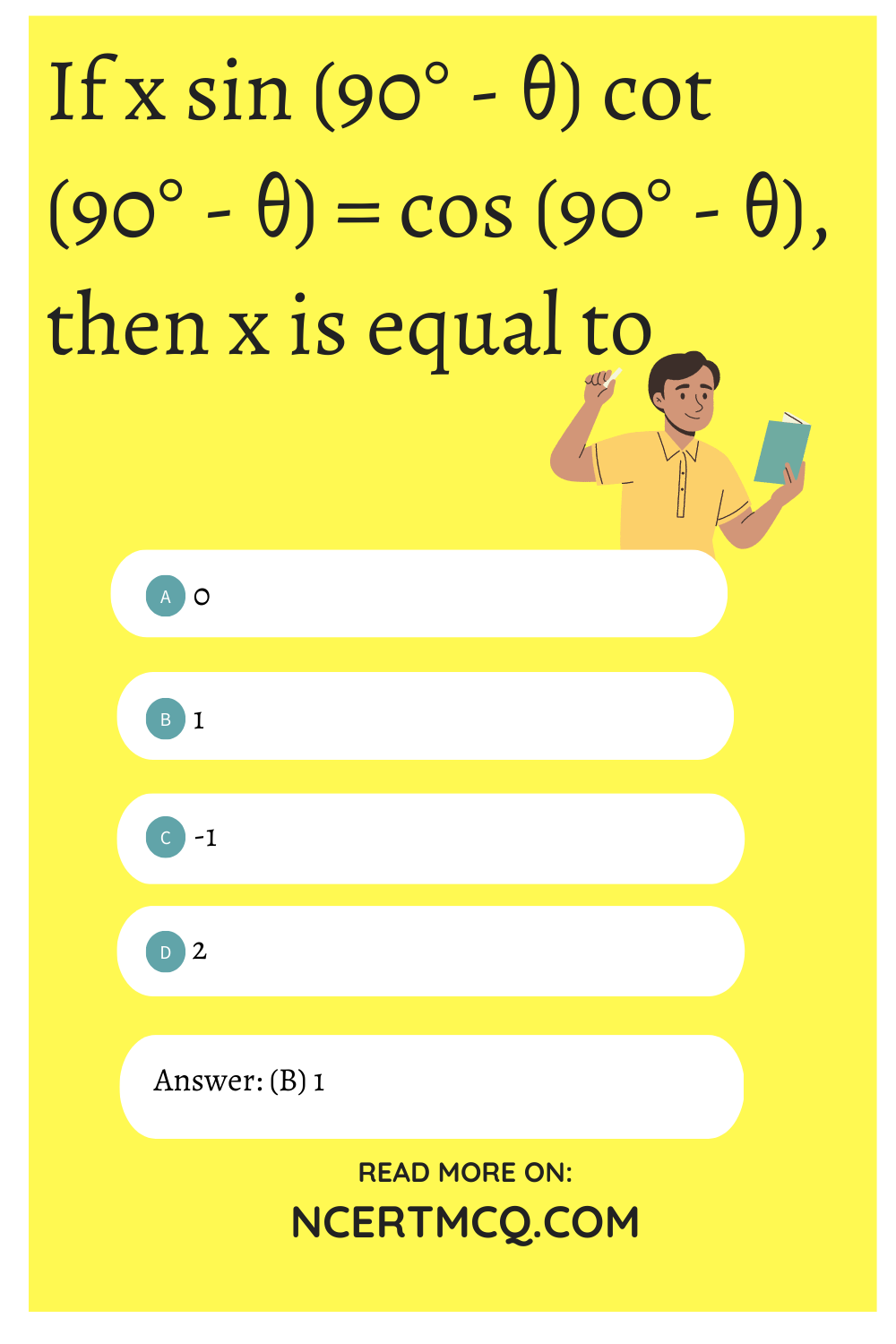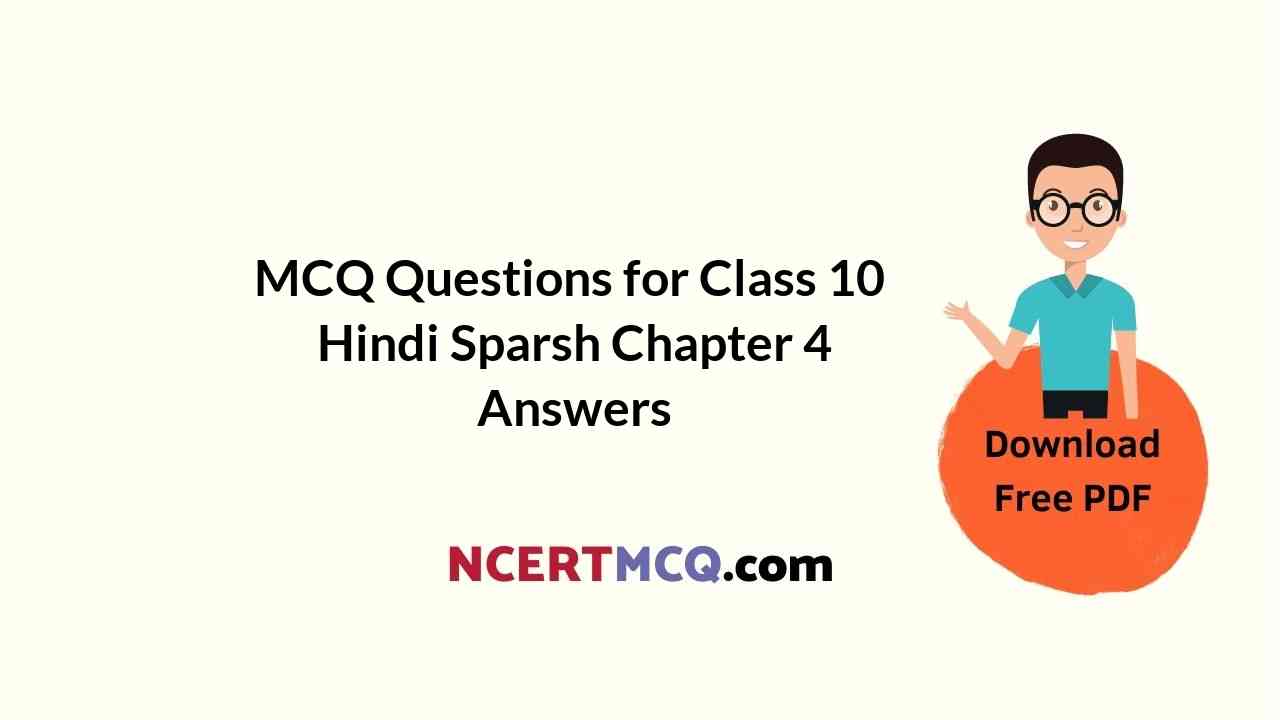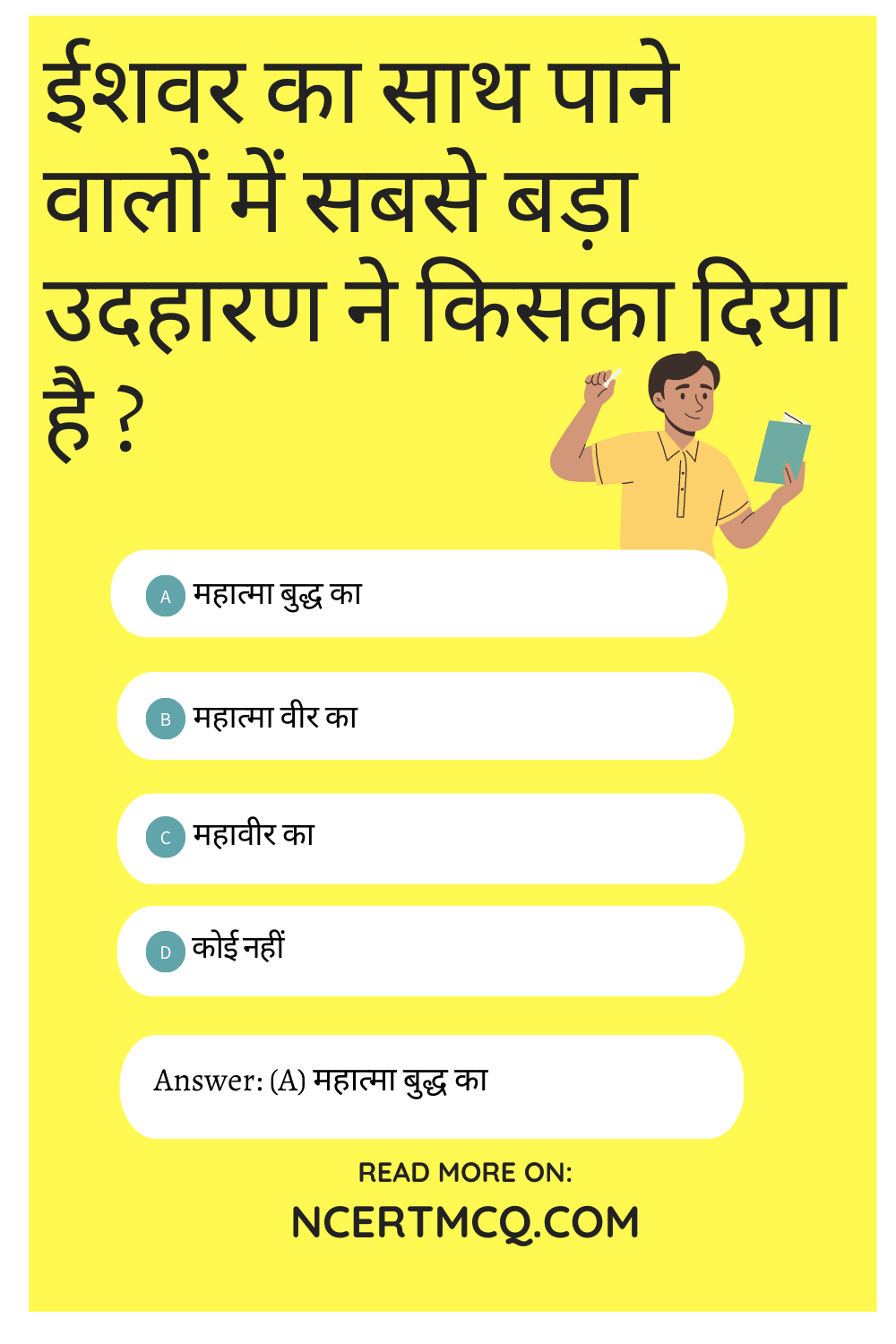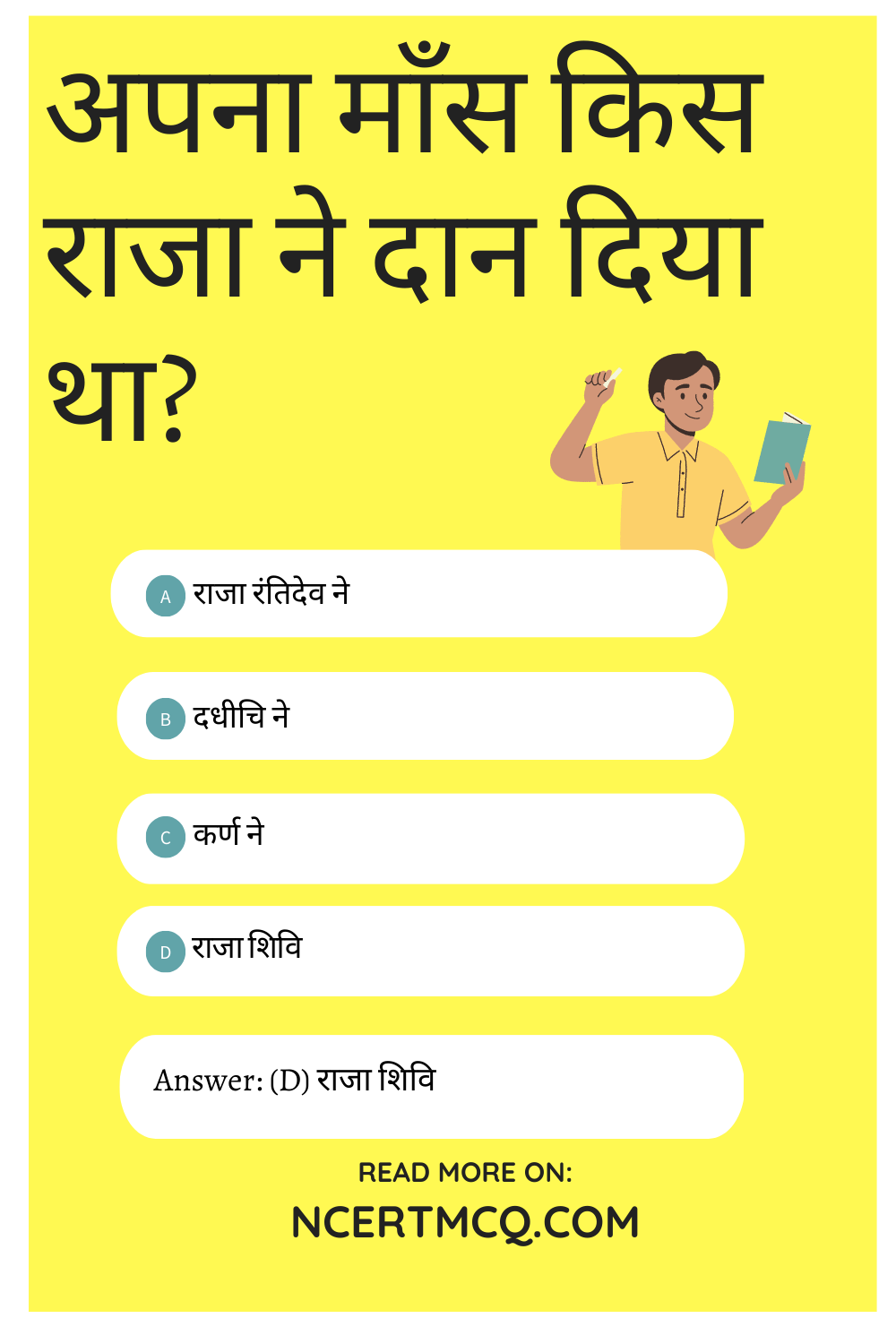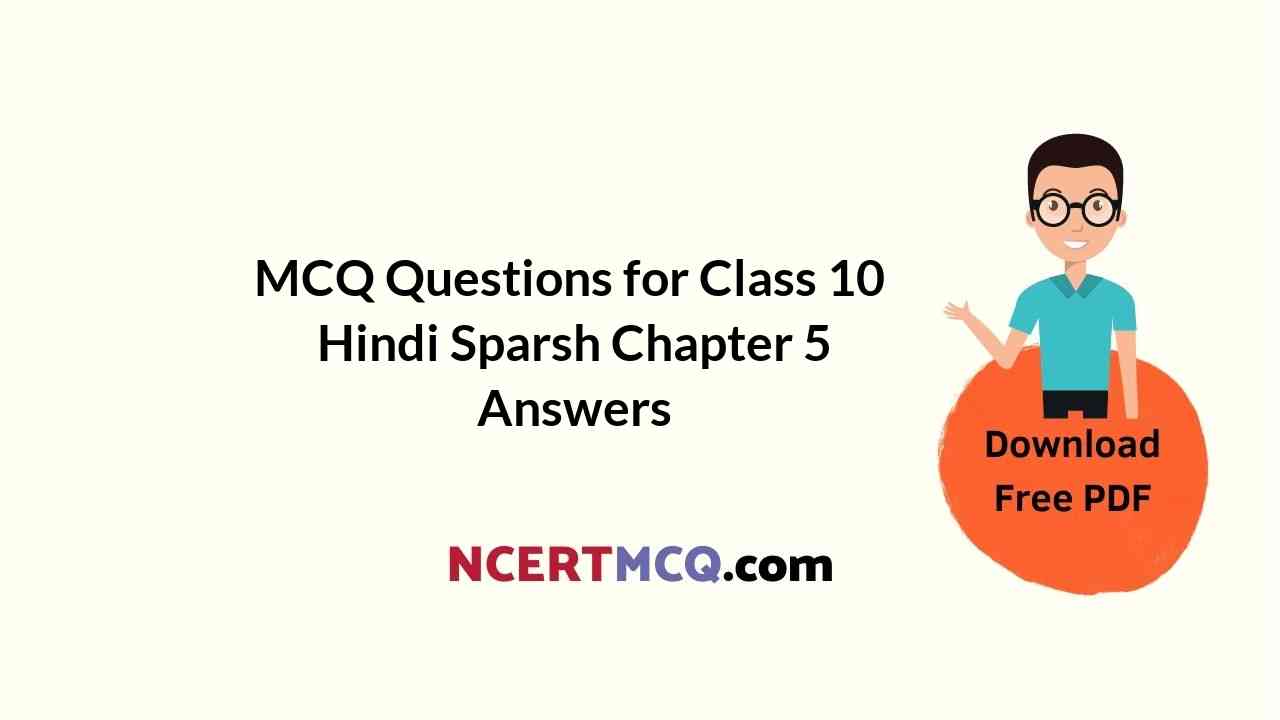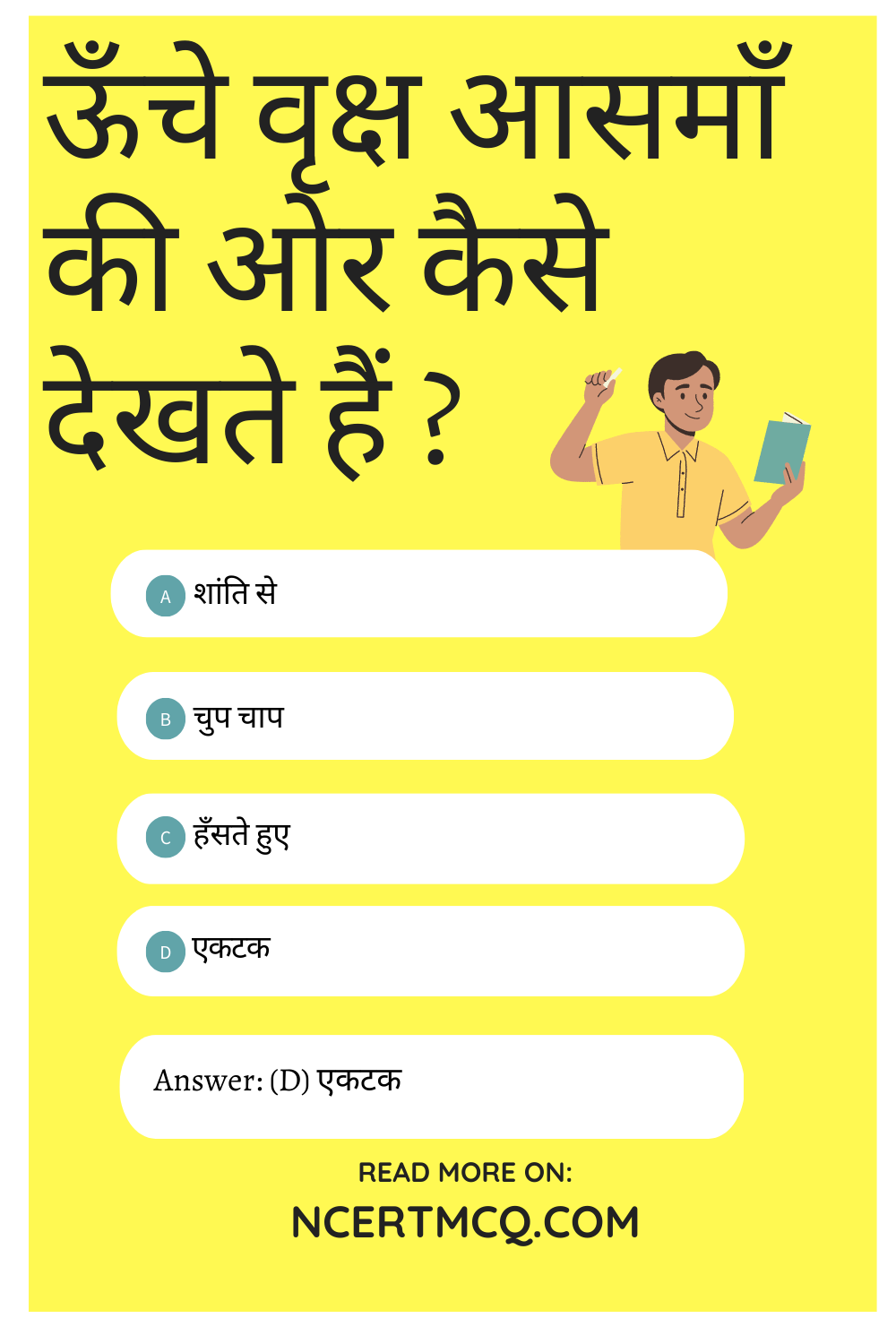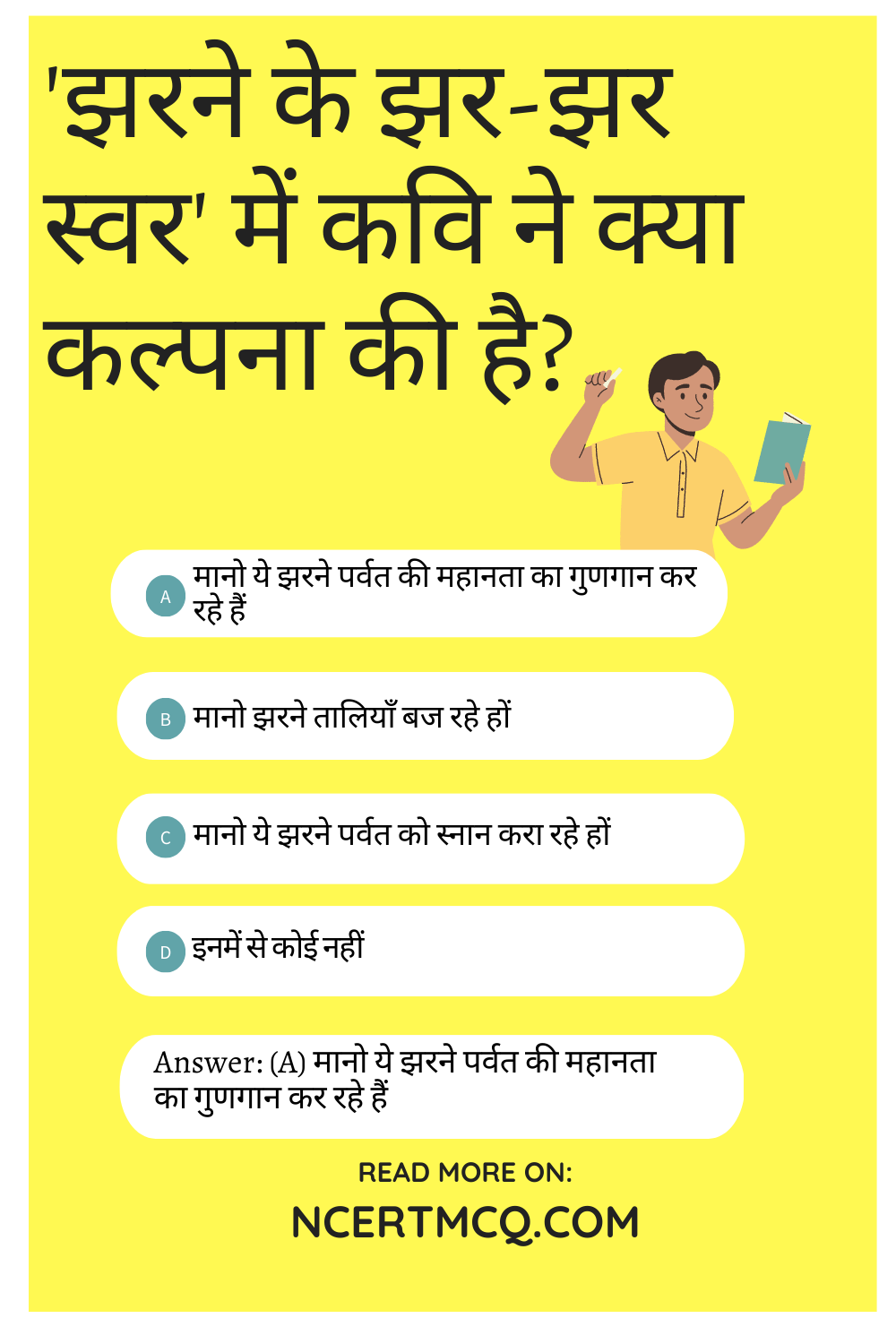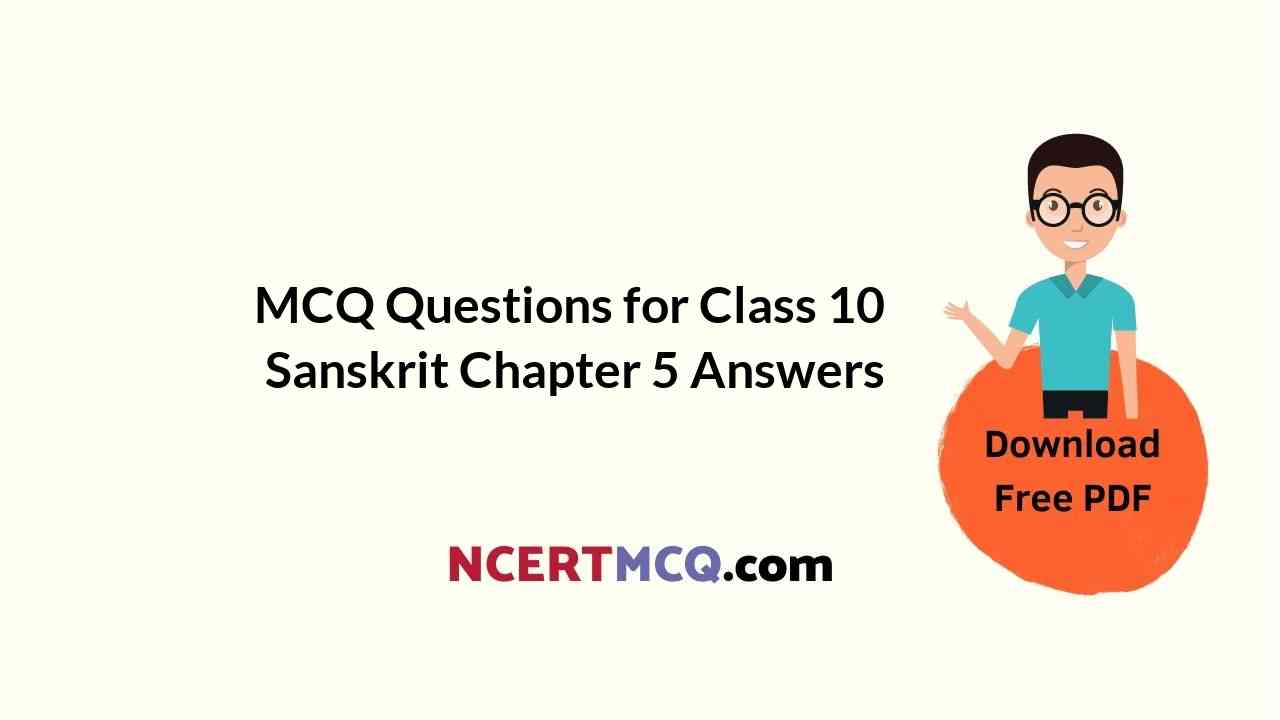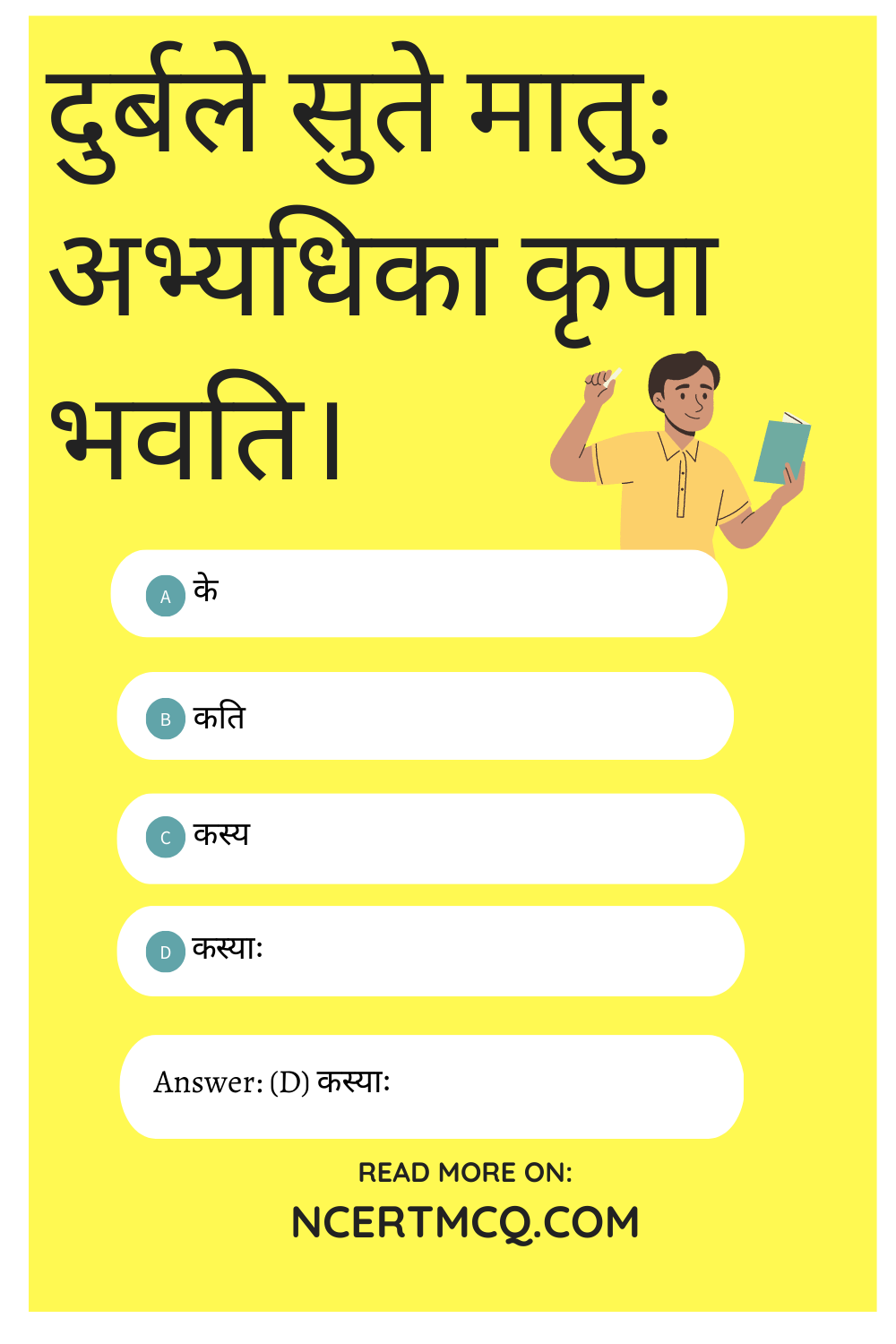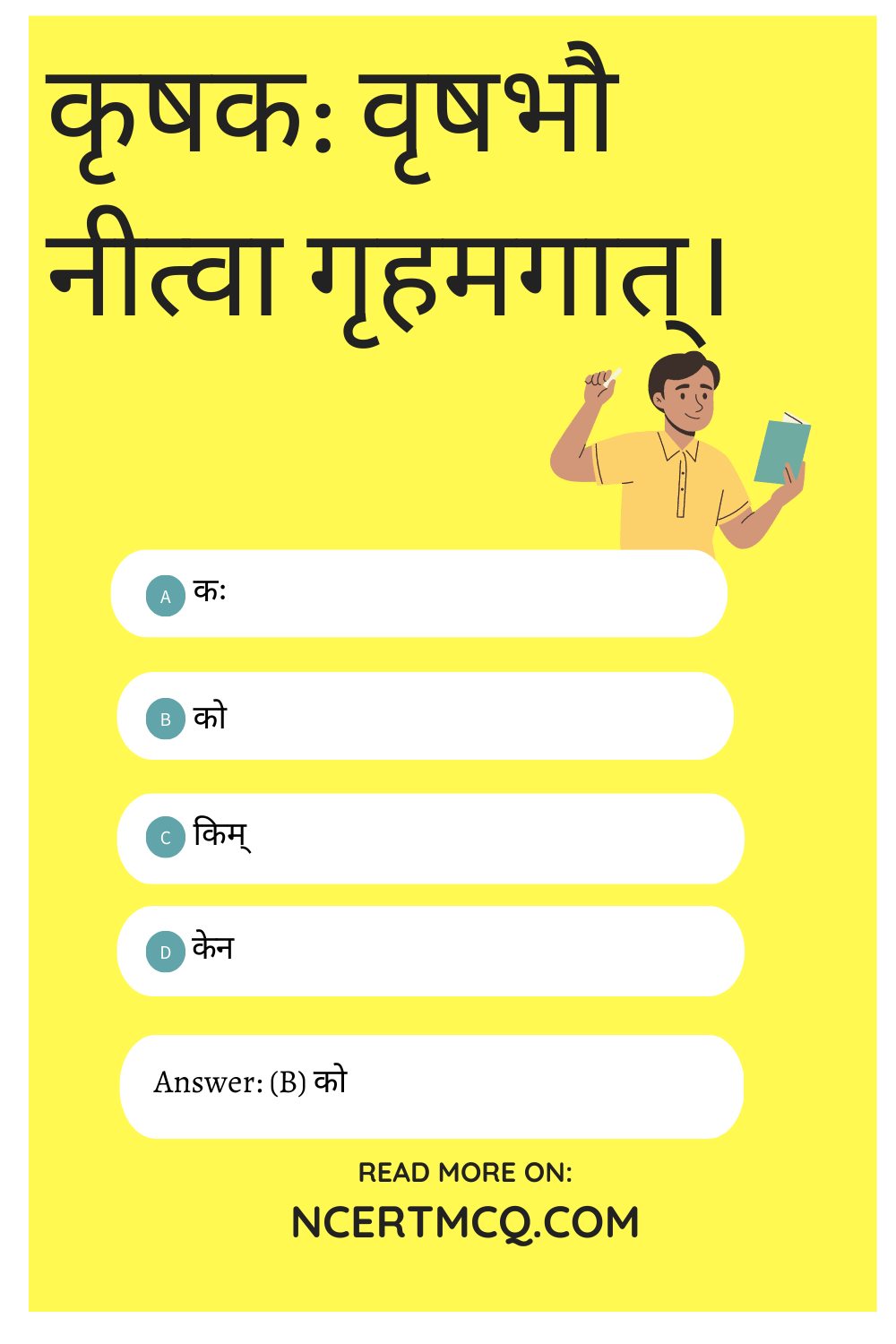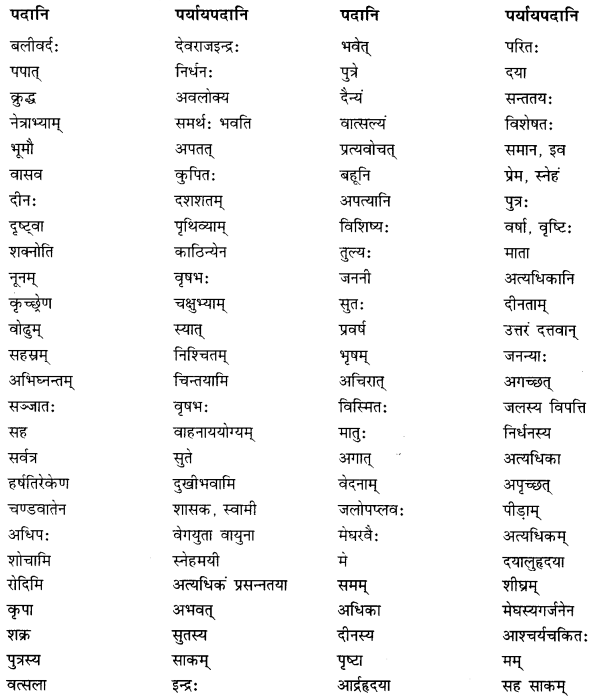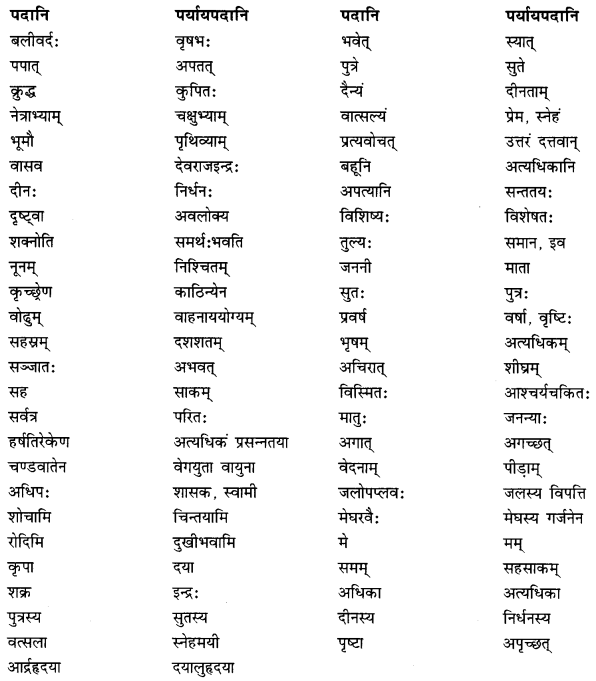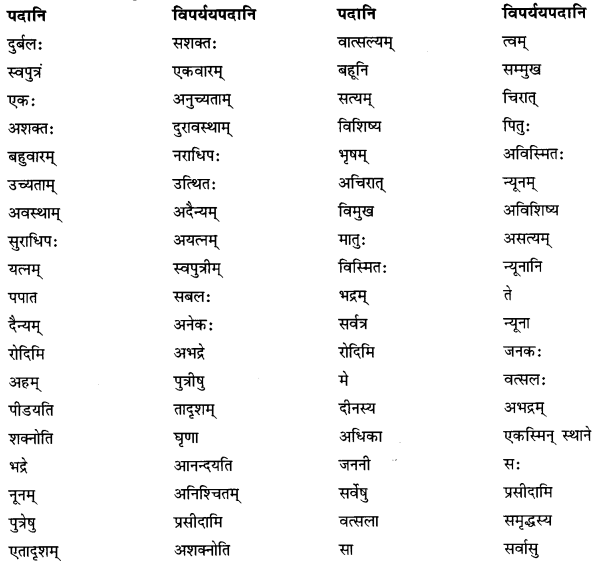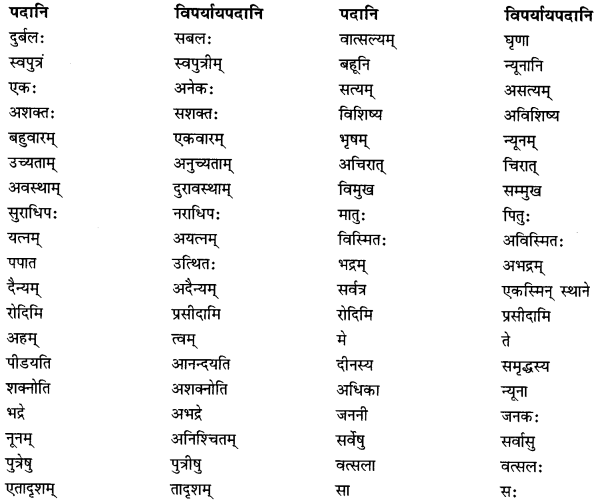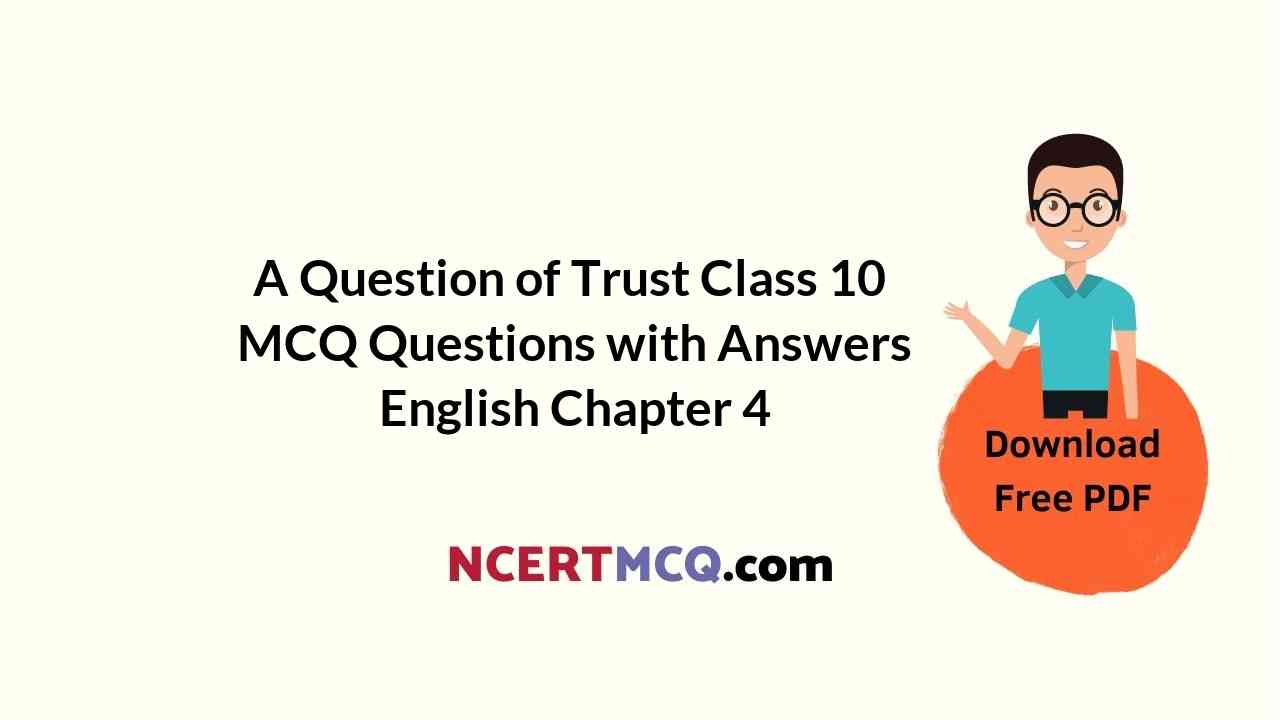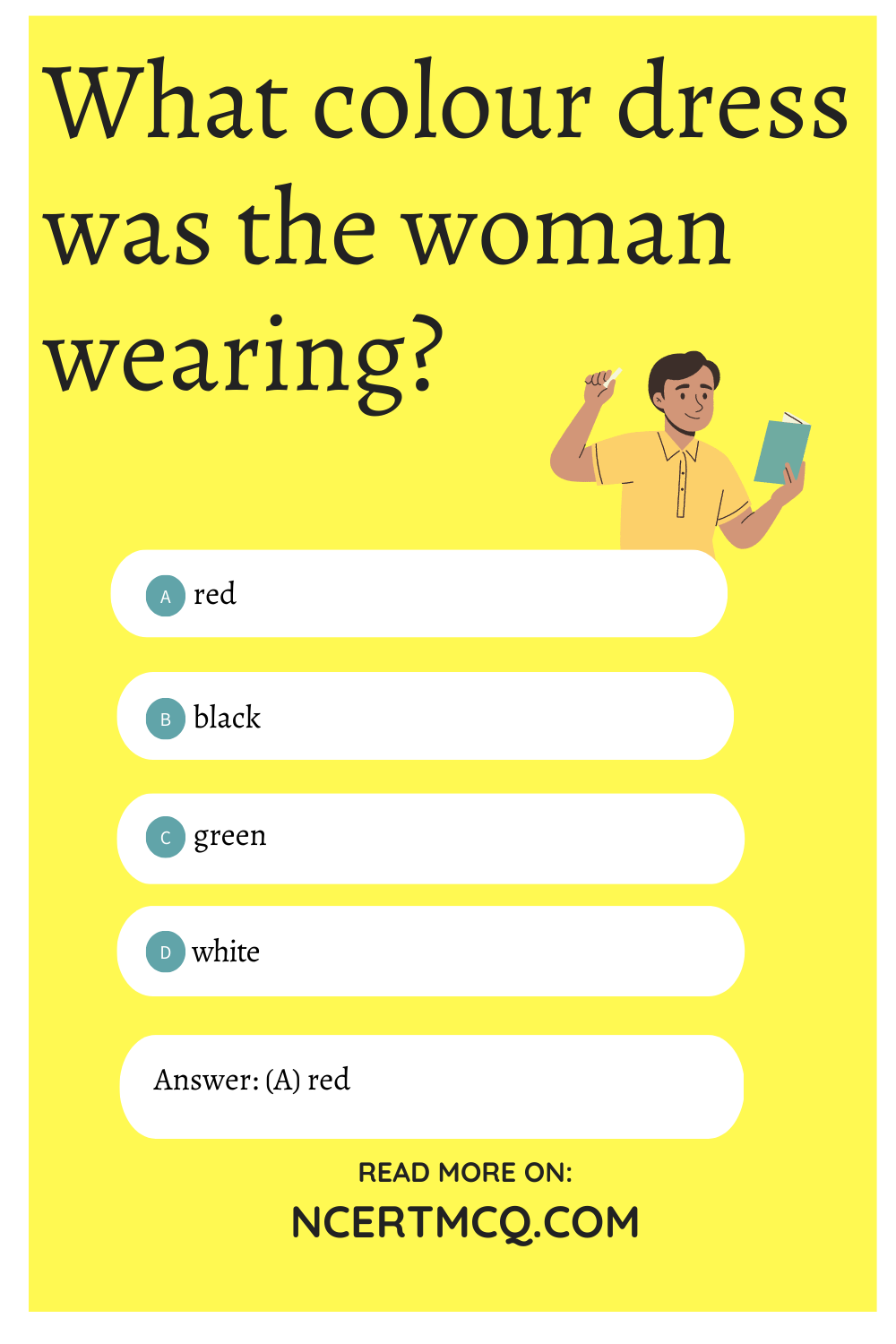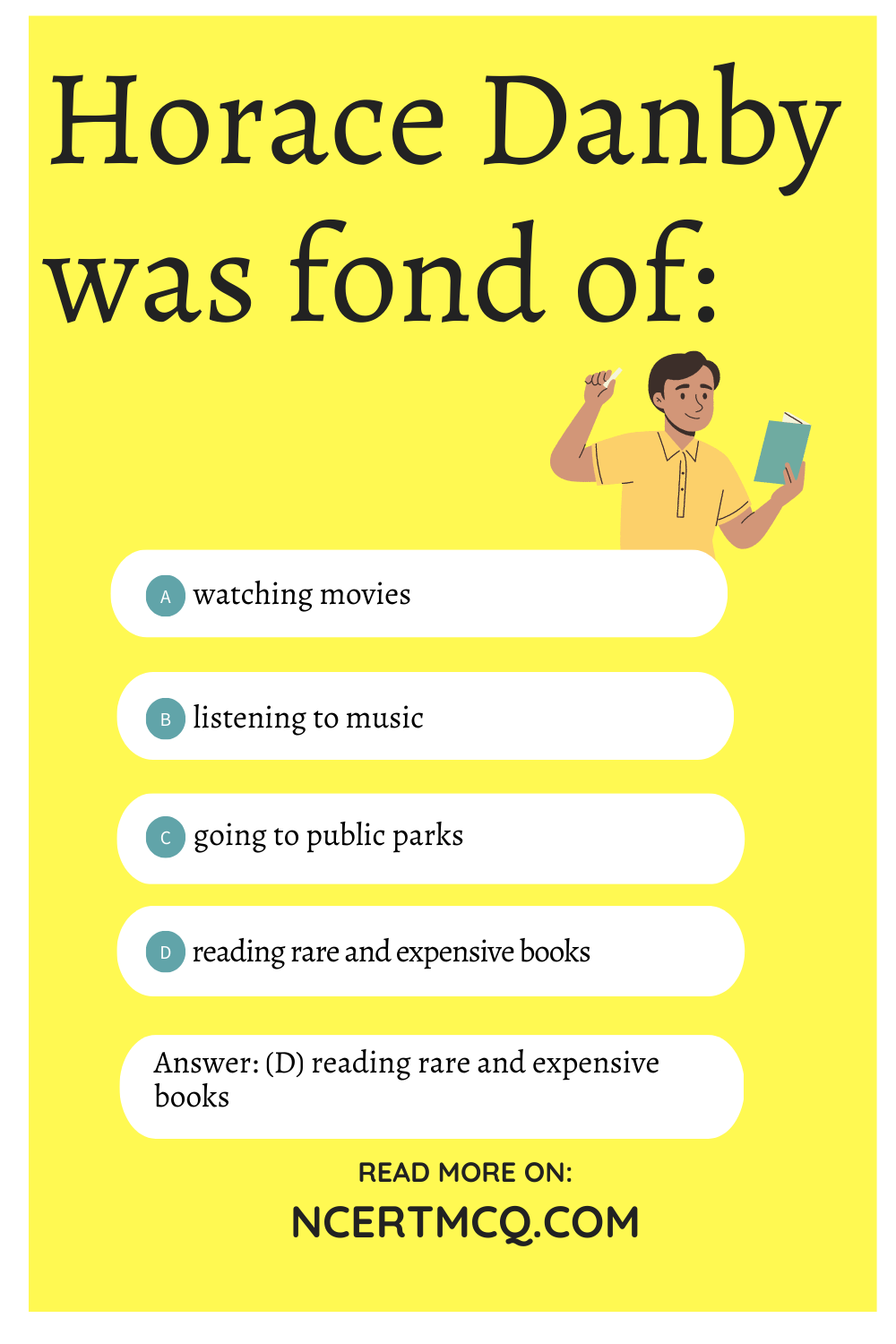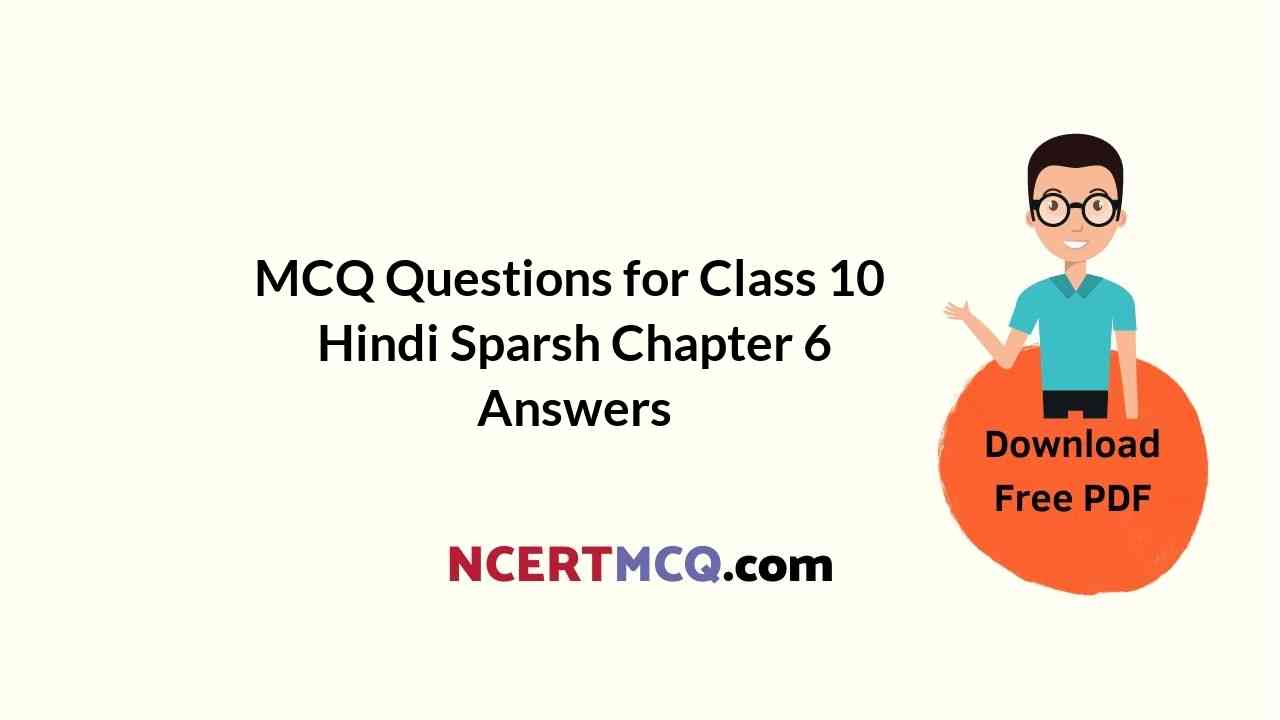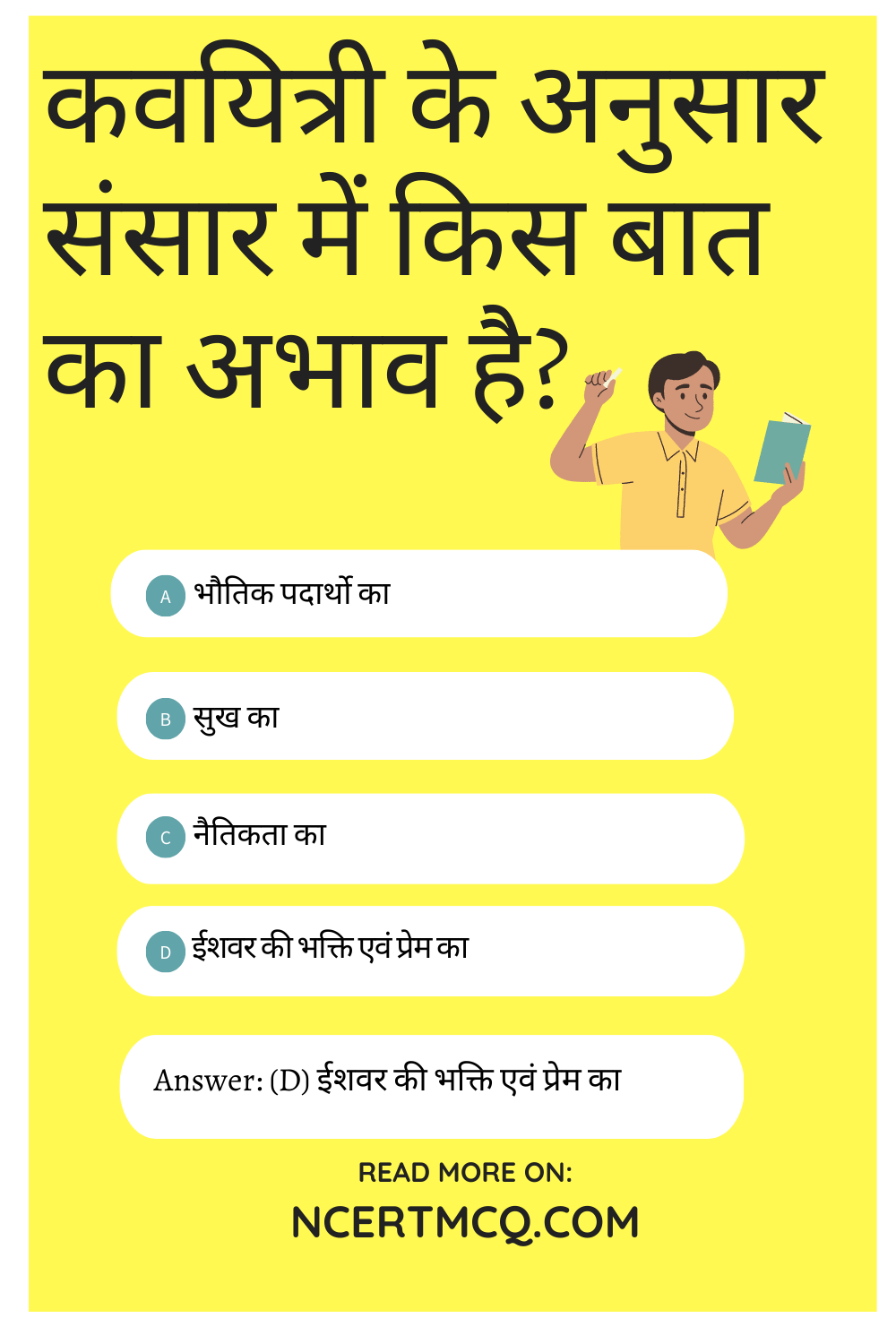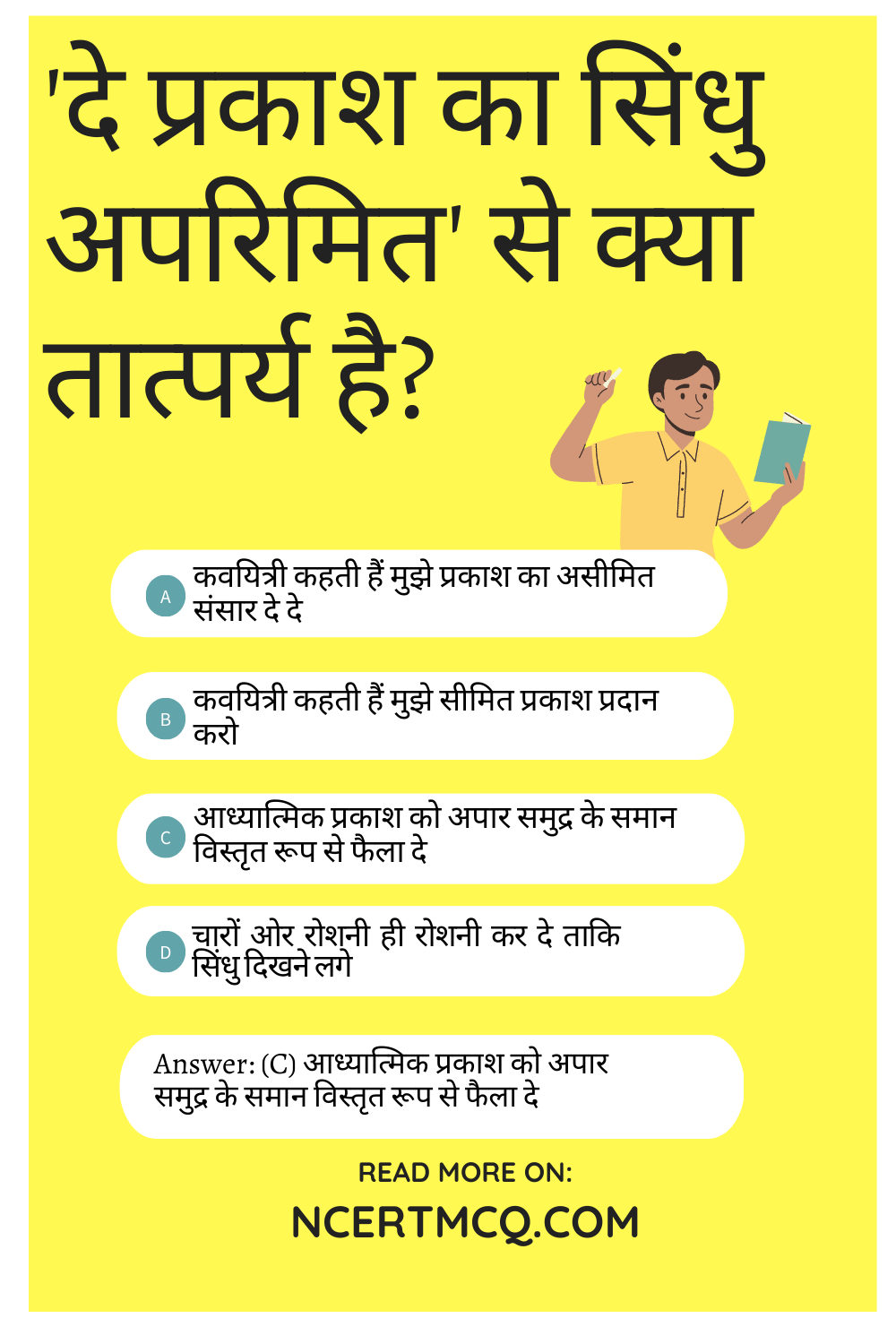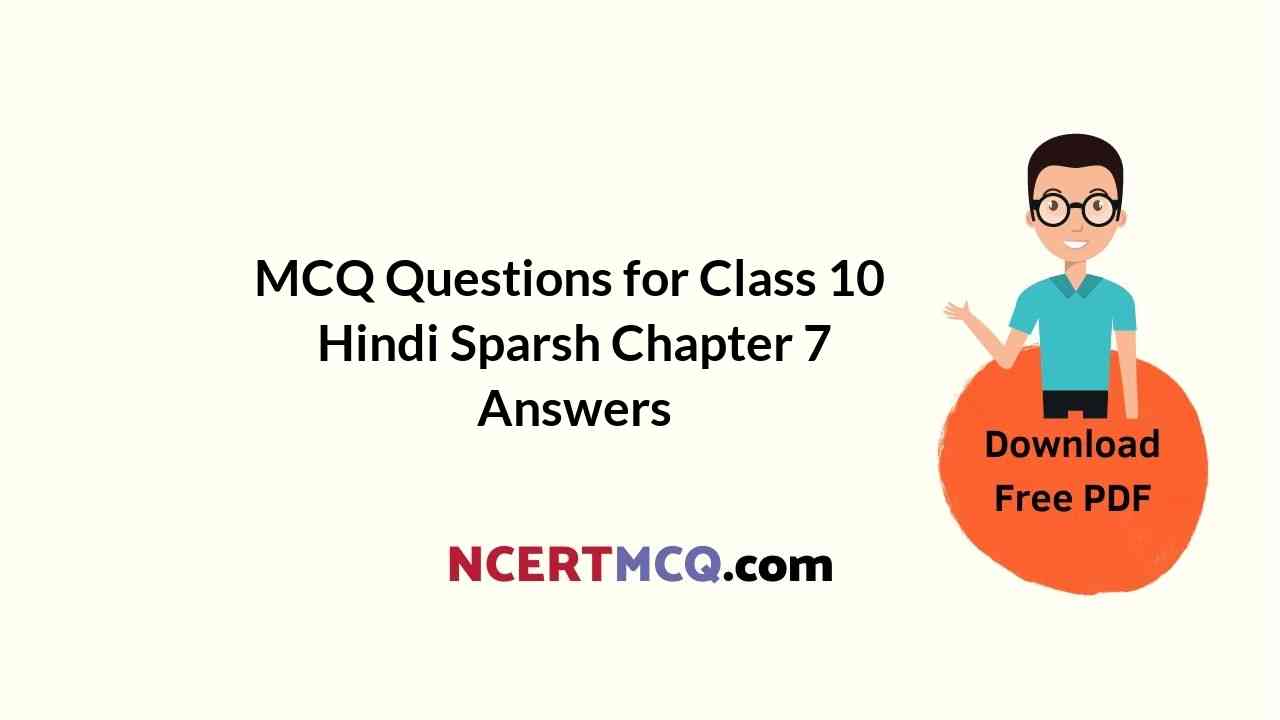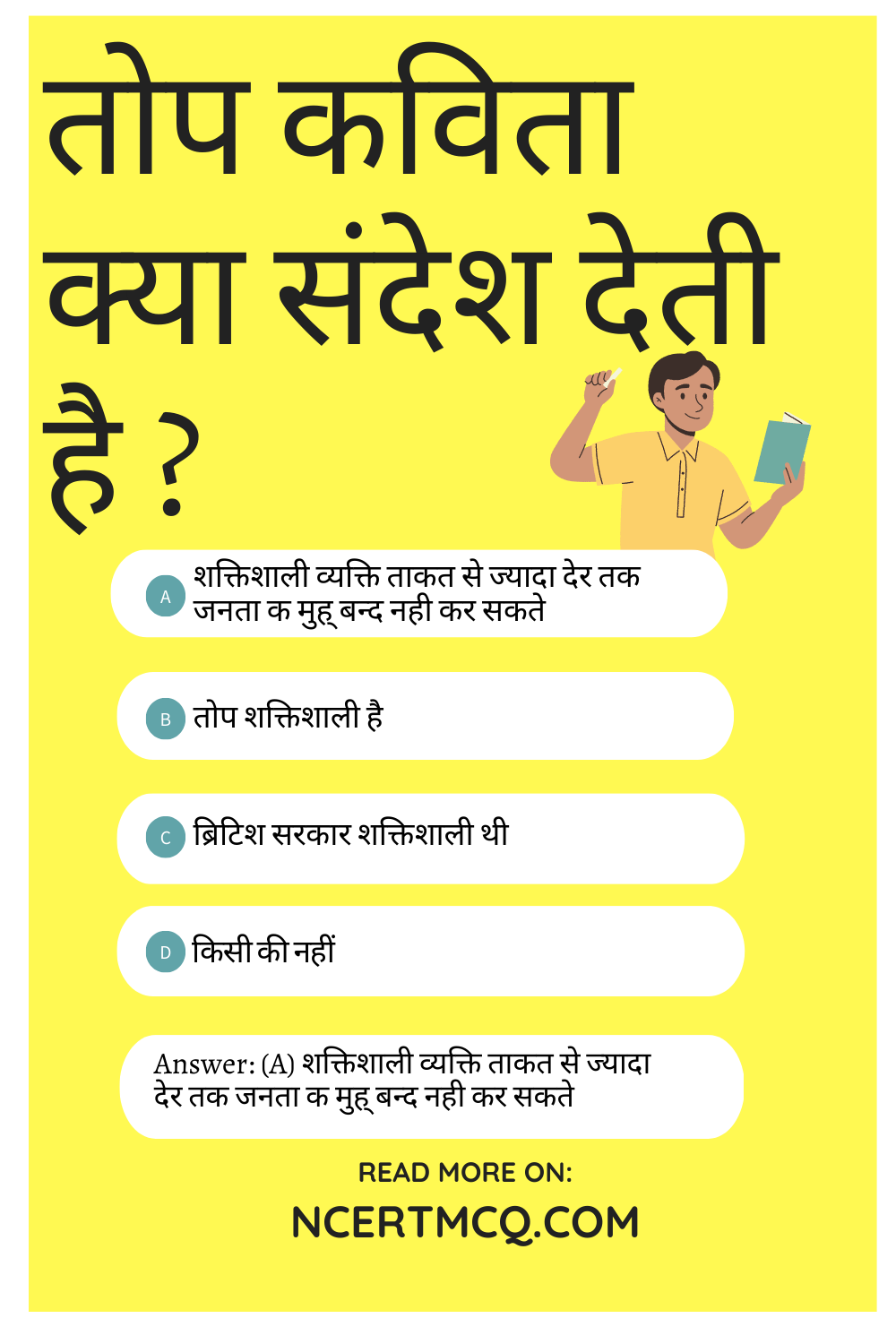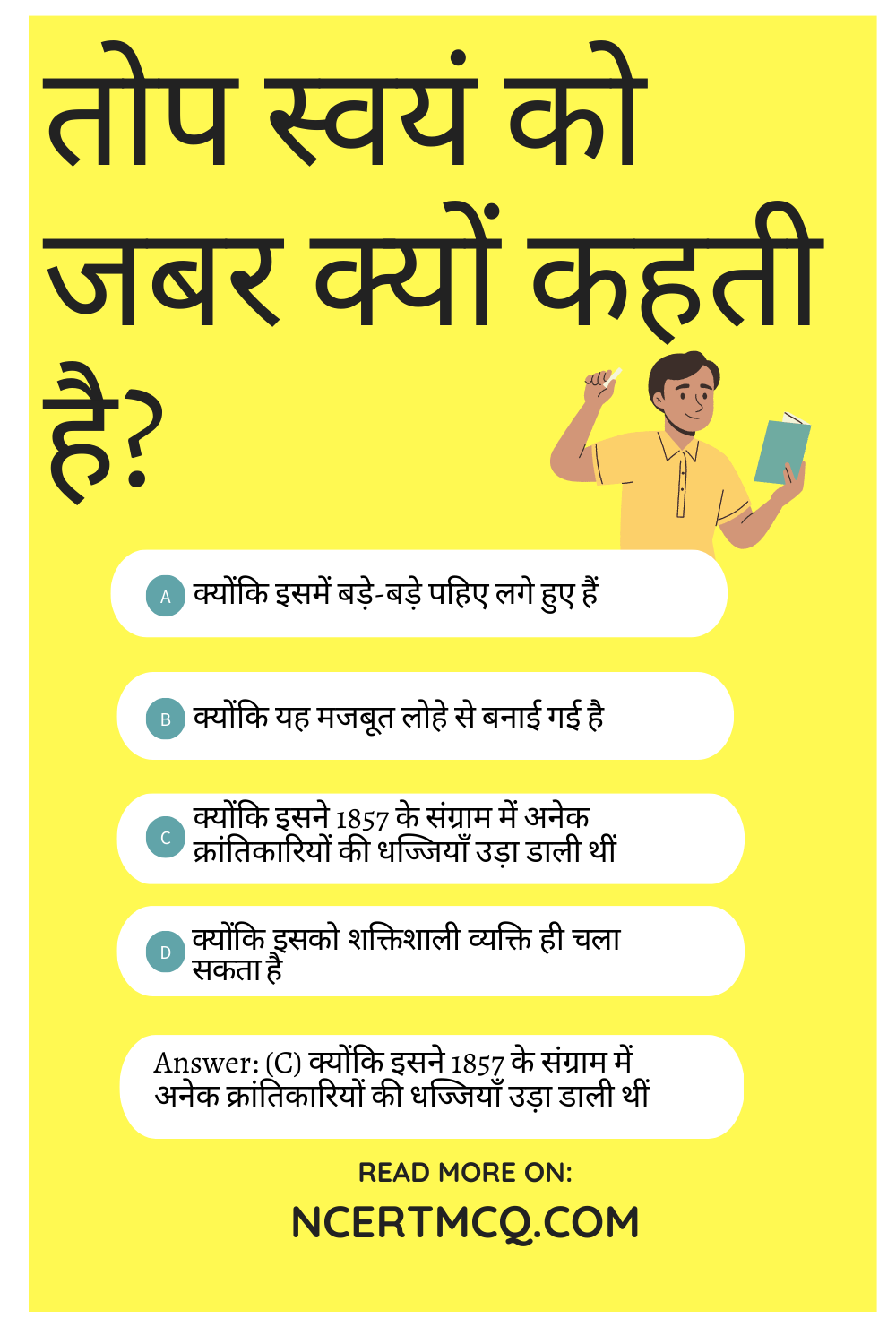Check the below Online Education NCERT MCQ Questions for Class 10 Hindi Kshitij Chapter 5 उत्साह और अट नहीं रही with Answers Pdf free download. MCQ Questions for Class 10 Hindi with Answers were prepared based on the latest exam pattern. We have provided उत्साह और अट नहीं रही Class 10 Hindi Kshitij MCQs Questions with Answers to help students understand the concept very well. https://ncertmcq.com/mcq-questions-for-class-10-hindi-with-answers/
Students can also read NCERT Solutions for Class 10 Hindi Kshitij Chapter 5 Questions and Answers at LearnInsta. Here all questions are solved with a detailed explanation, It will help to score more marks in your examinations.
उत्साह और अट नहीं रही Class 10 MCQs Questions with Answers
Utsah Class 10 MCQ Question 1.
कविता ‘अट नहीं रही है’ में किस ऋतु के प्राकृतिक सौदर्य का चित्रण किया गया है?
(a) ग्रीष्म ऋतु
(b) वर्षा ऋतु
(c) शरद ऋतु
(d) वसंत ऋतु
Answer
Answer: (d) वसंत ऋतु
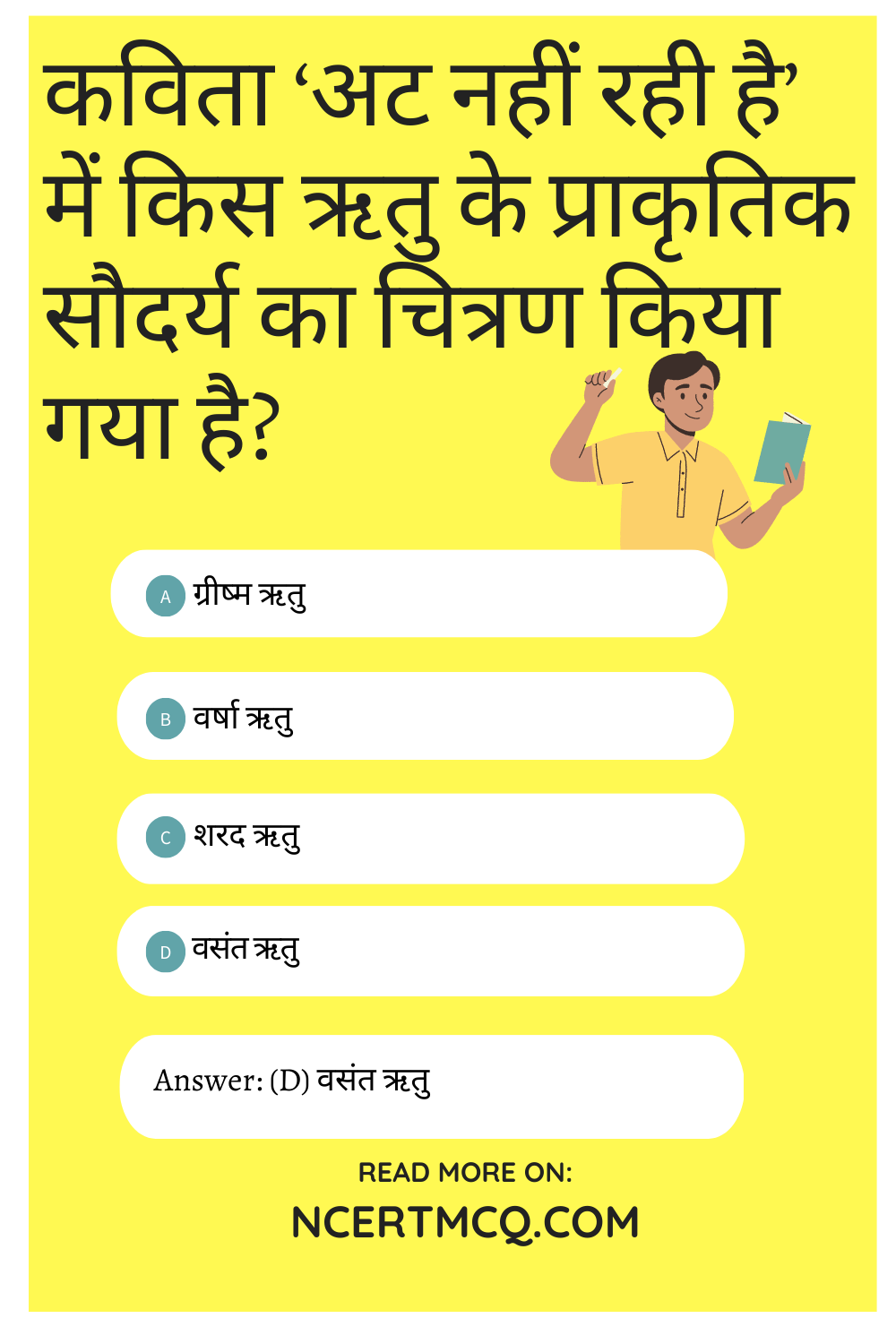
उत्साह और अट नहीं रही MCQ Question 2.
‘धाराधर’ किसके लिए प्रयुक्त हुआ है?
(a) पृथ्वी
(b) आकाश
(c) समुद्र
(d) बादल
Answer
Answer: (d) बादल
MCQ Of Utsah Class 10 Question 3.
कविता में बादल किसका प्रतीक है?
(a) भावनाओं का
(b) सुख का
(c) दुःख का
(d) क्रांति का
Answer
Answer: (d) क्रांति का
Utsah MCQ Class 10 Question 4.
कवि ने बादलों का आह्वान करते हुए उनसे क्या करने का आग्रह किया है?
(a) न बरसने का
(b) बरसने का
(c) गरजने का
(d) इनमें से कोई नहीं
Answer
Answer: (b) बरसने का
Class 10 Hindi Utsah MCQ Questions Question 5.
कवि ने ‘निदाघ’ अर्थात् भीषण गर्मी से किसकी ओर इशारा किया है?
(a) अधिक गर्मी
(b) सांसारिक कष्ट
(c) असफलता
(d) इनमें से कोई नहीं
Answer
Answer: (b) सांसारिक कष्ट
Utsah Class 10 MCQ Questions Question 6.
कविता में जल का बरसना किसका प्रतीक है?
(a) बारिश होना
(b) शांति और सुख की स्थापना
(c) प्यास बुझना
(d) इनमें से कोई नहीं
Answer
Answer: (b) शांति और सुख की स्थापना
Question 7.
किस महीने में चारों तरफ हरियाली छा जाती है?
(a) फागुन
(b) माघ
(c) वैशाख
(d) अषाढ़
Answer
Answer: (a) फागुन
Question 8.
बादल अपनी गर्जन-तर्जन से किसे घेर लेता है?
(a) समुद्र को
(b) पृथ्वी को
(c) आकाश को
(d) इनमें से कोई नहीं
Answer
Answer: (c) आकाश को
Question 9.
फागुन मास के कारण लोगों के चेहरे पर क्या है?
(a) मायूसी
(b) डर
(c) दुःख
(d) ख़ुशी
Answer
Answer: (d) ख़ुशी
Question 10.
बादल को कवि ने गरजने के लिए कहा है, जिससे कि वातावरण में-
(a) जोश और क्रांति फ़ैल सके|
(b) गर्मी समाप्त हो सके|
(c) बच्चे डर जाए|
(d) इनमें से कोई नहीं
Answer
Answer: (a) जोश और क्रांति फ़ैल सके|
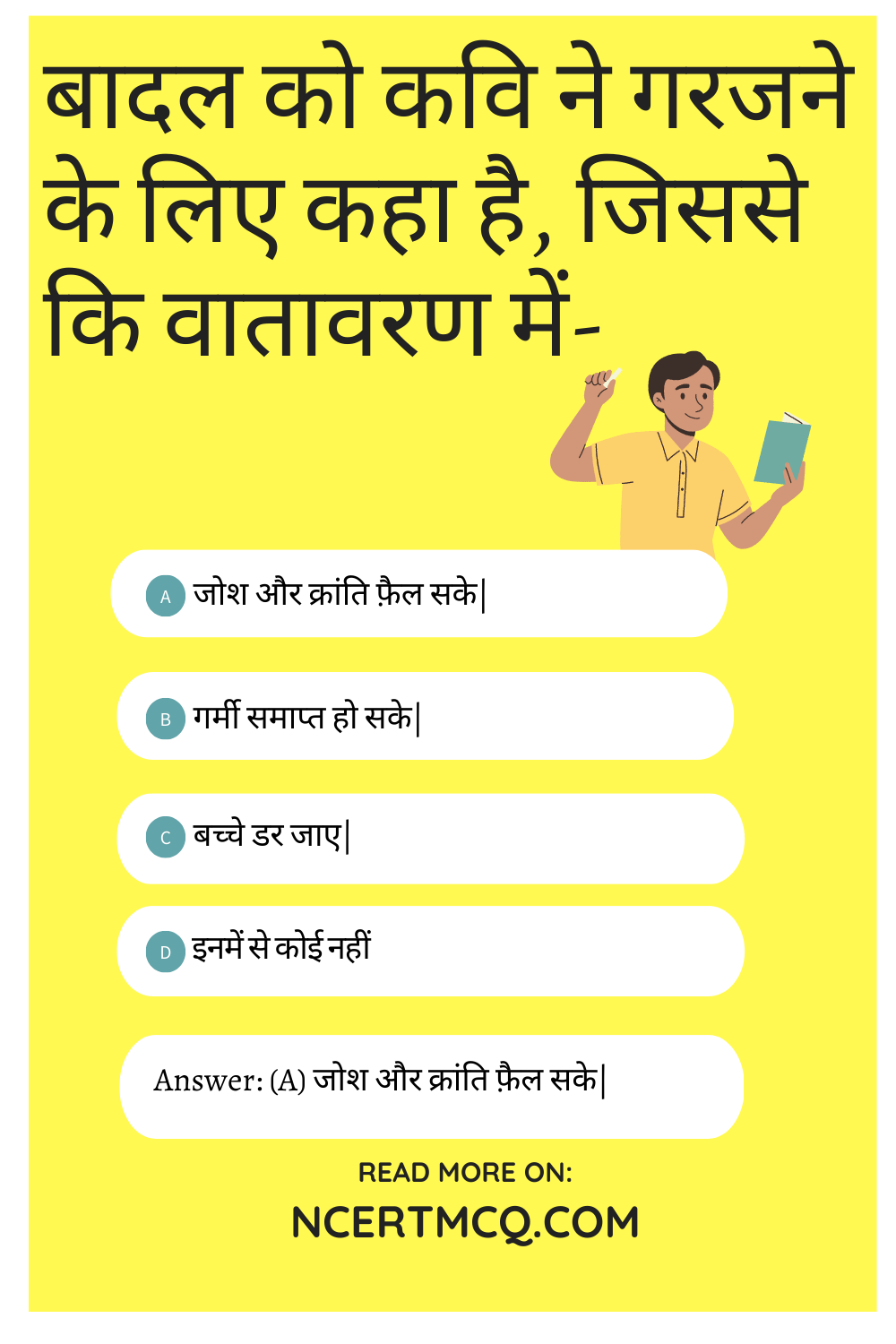
We hope the given NCERT MCQ Questions for Class 10 Hindi Kshitij Chapter 5 उत्साह और अट नहीं रही with Answers Pdf free download will help you. If you have any queries regarding उत्साह और अट नहीं रही CBSE Class 10 Hindi Kshitij MCQs Multiple Choice Questions with Answers, drop a comment below and we will get back to you soon.
